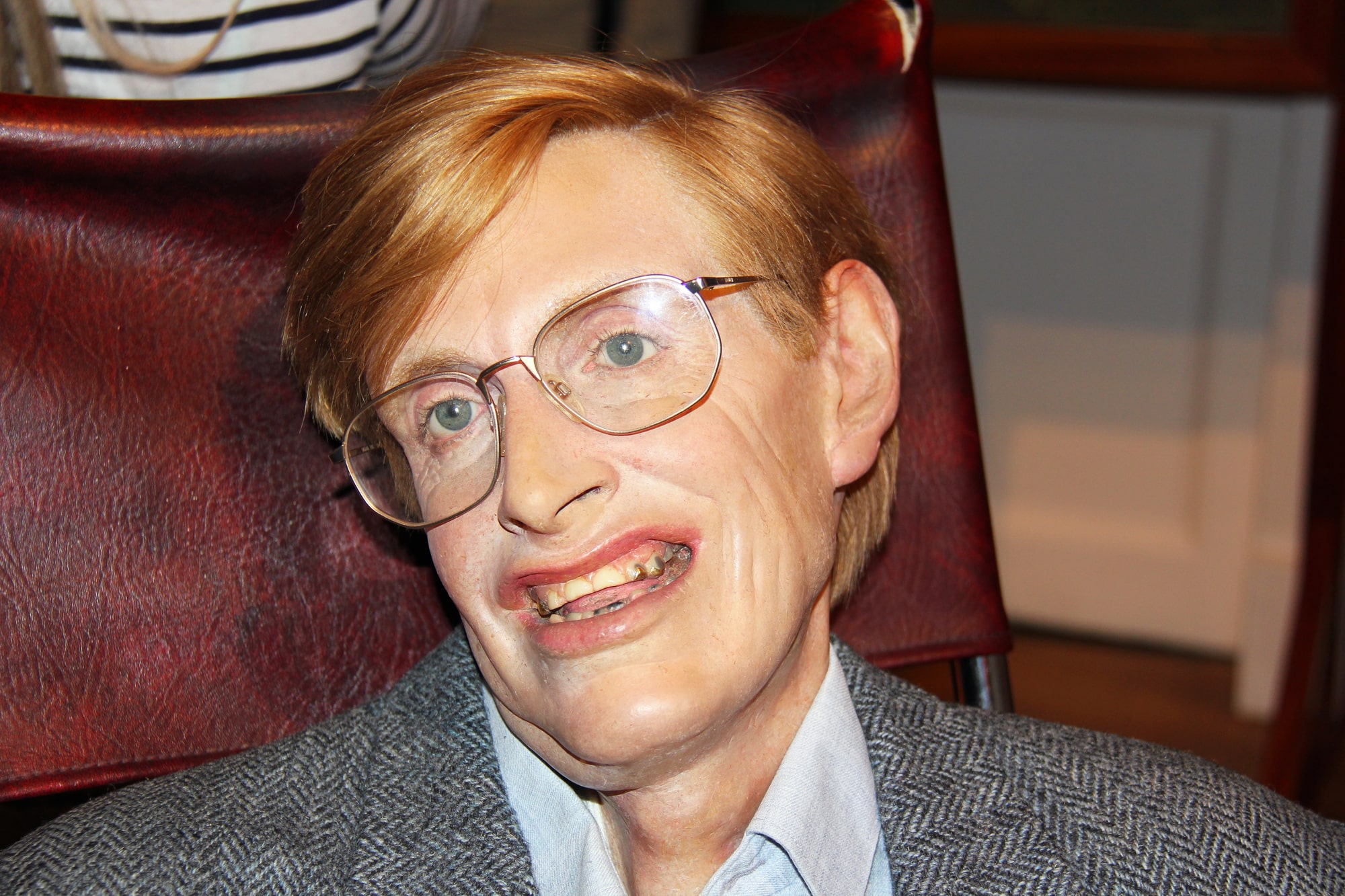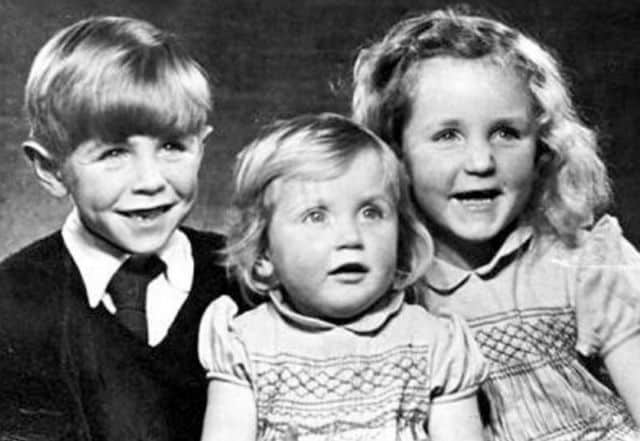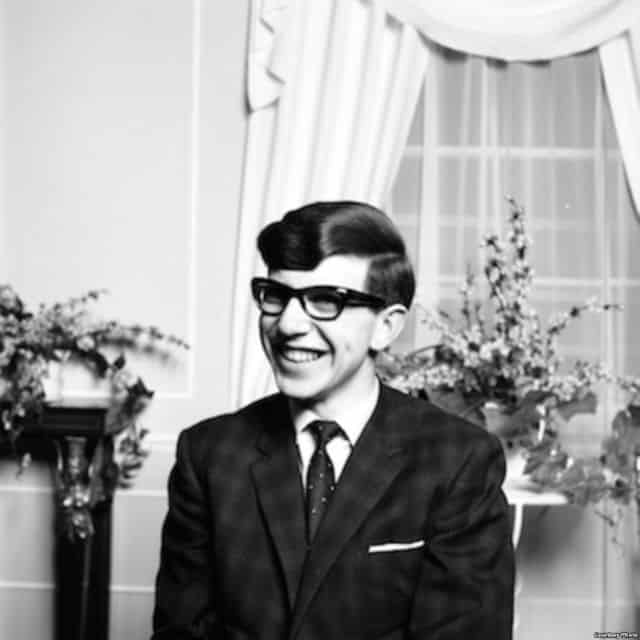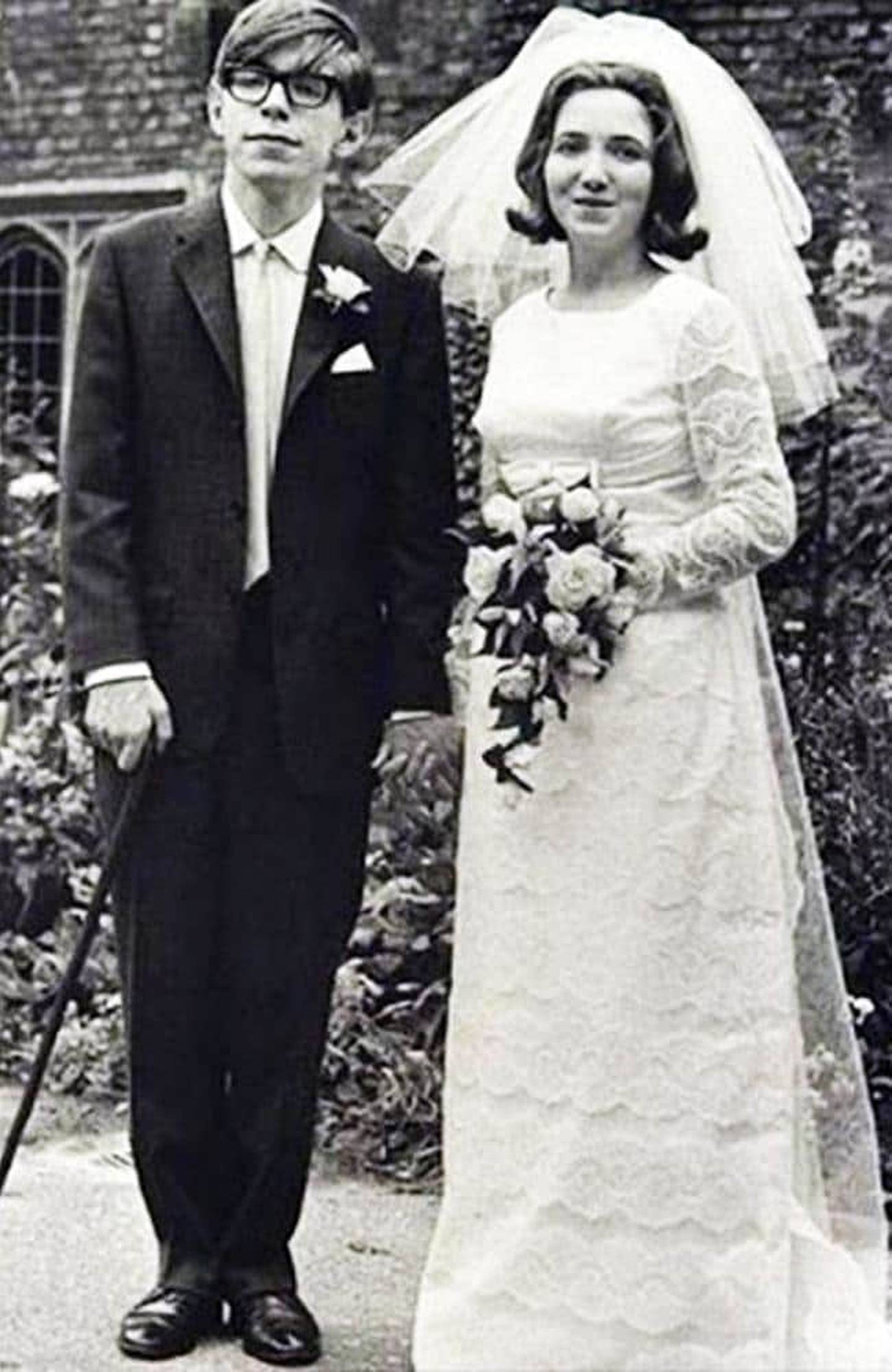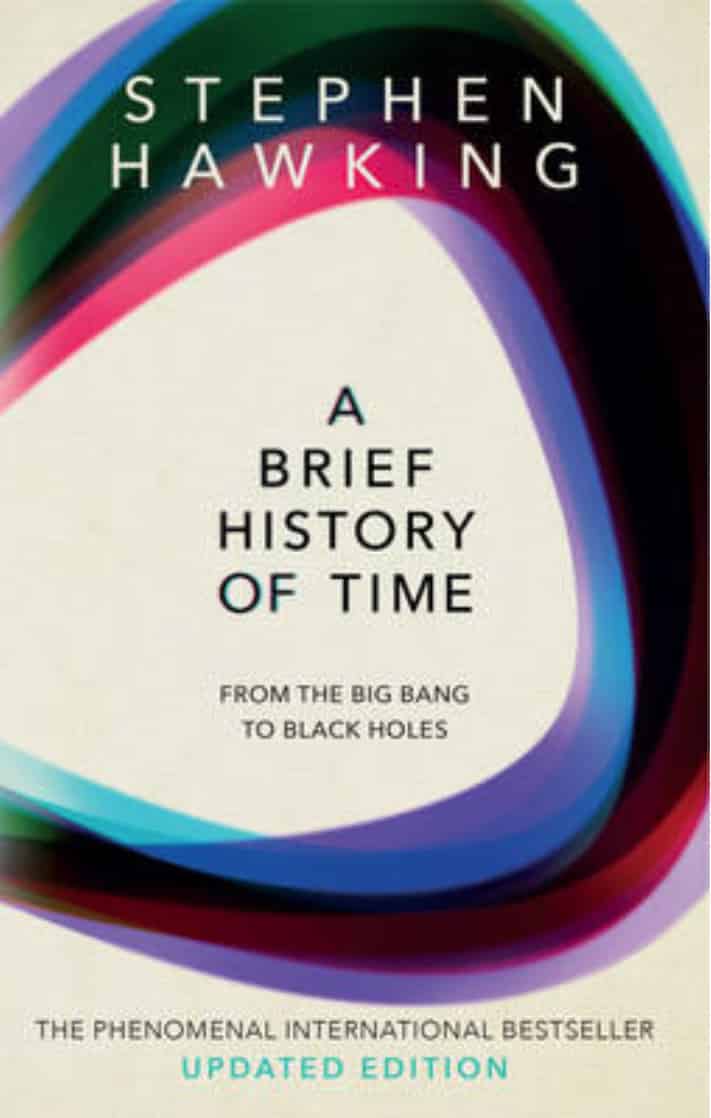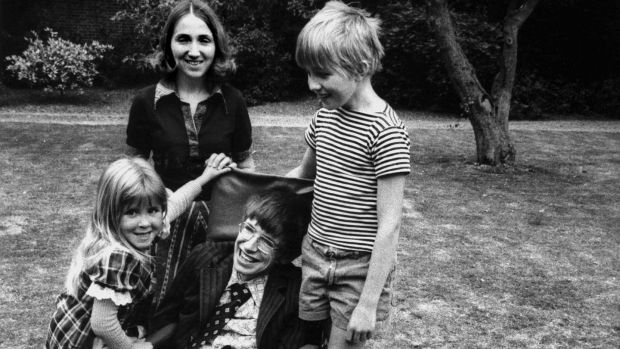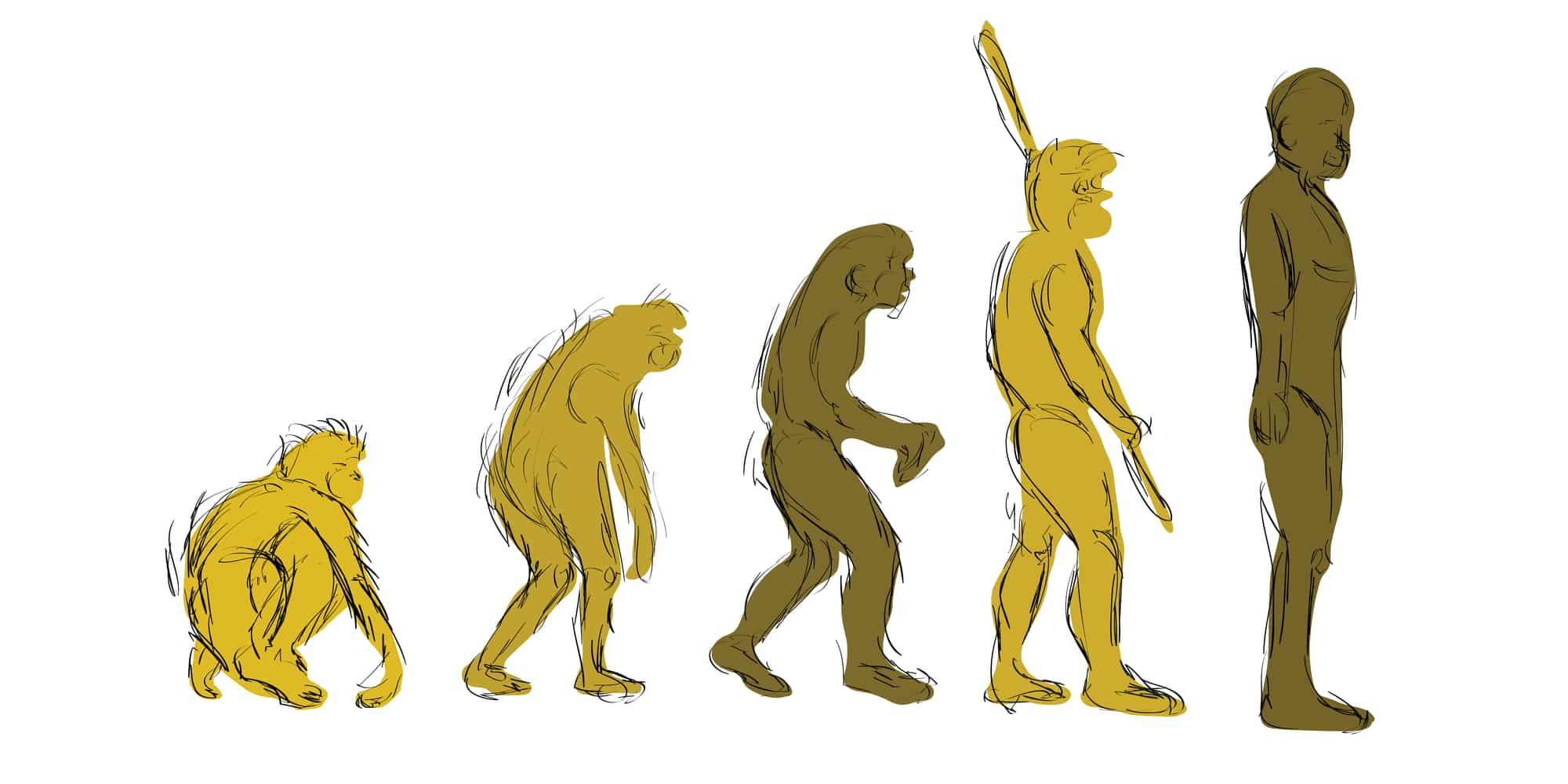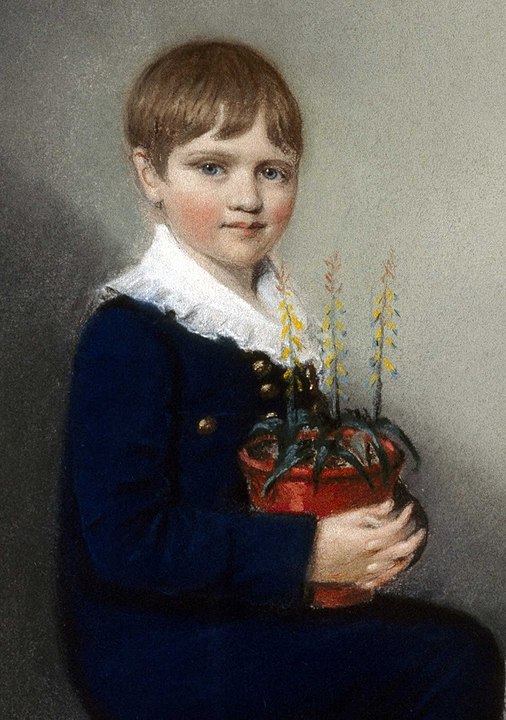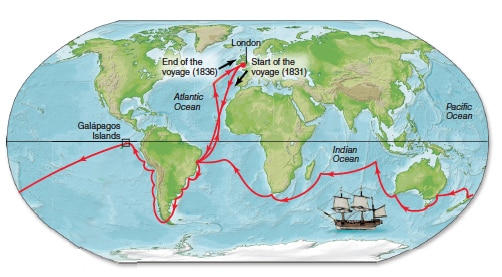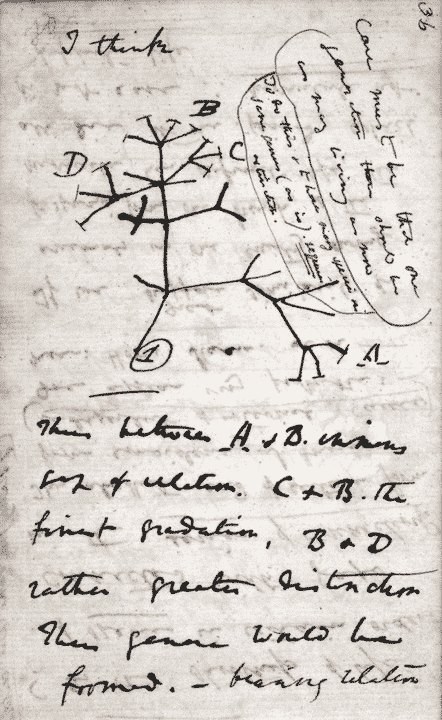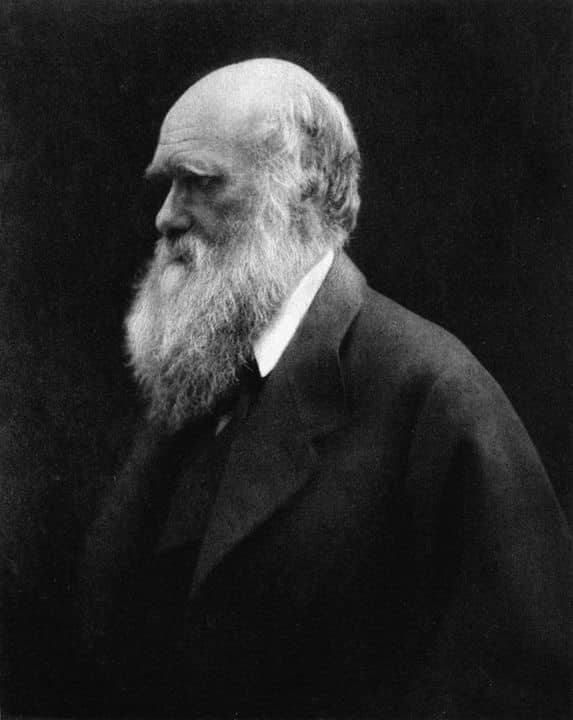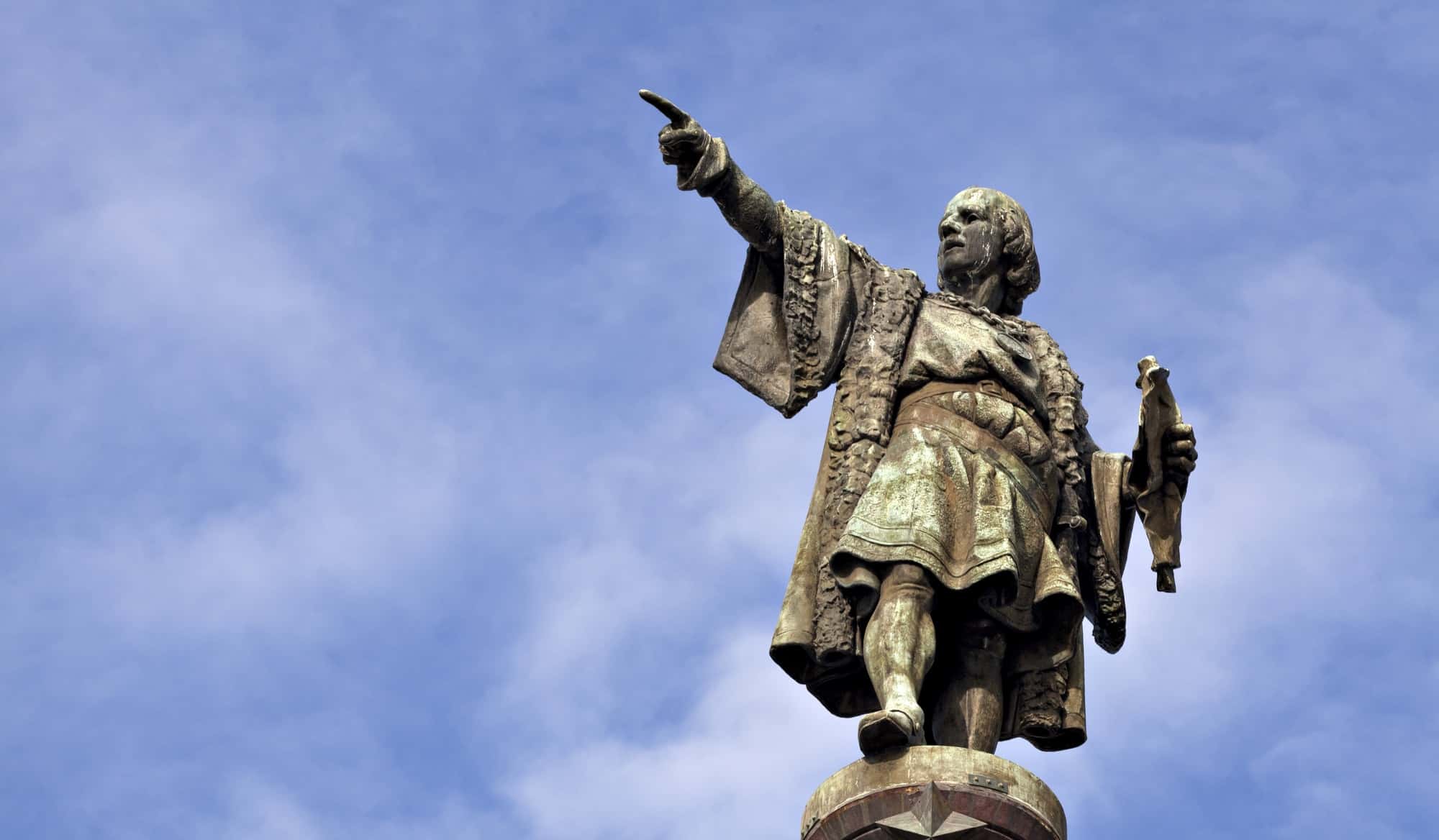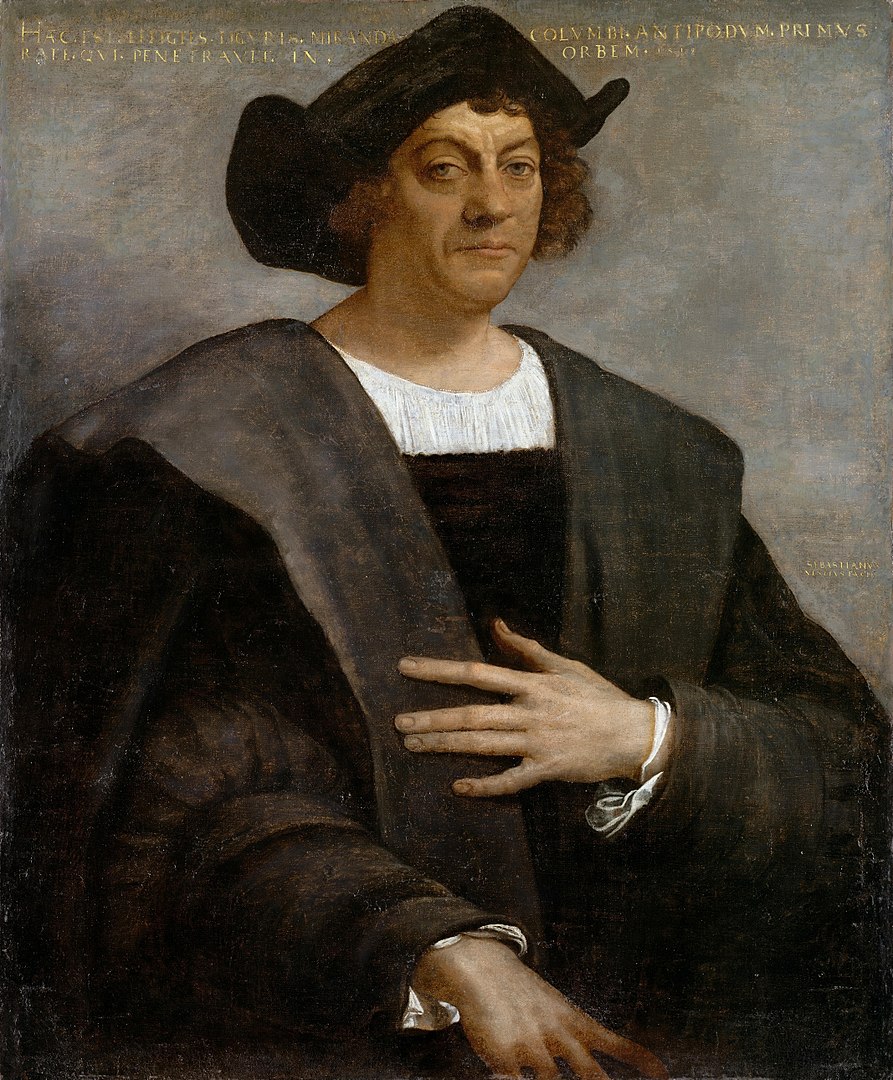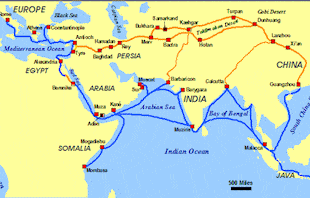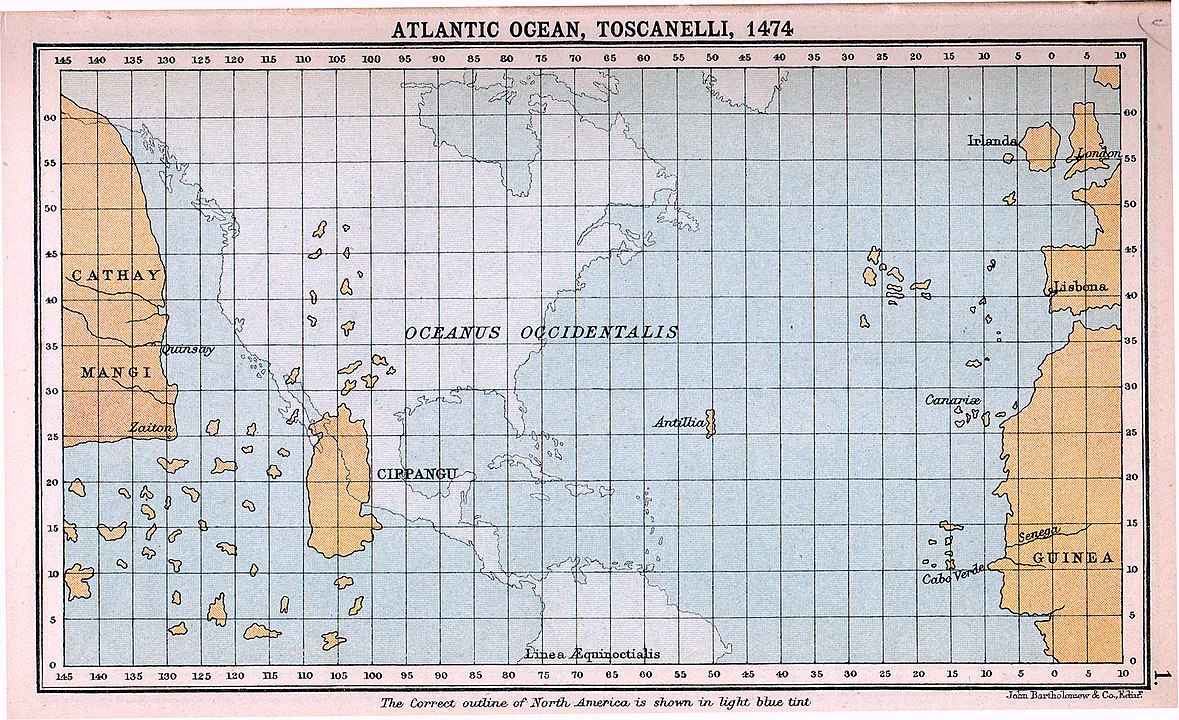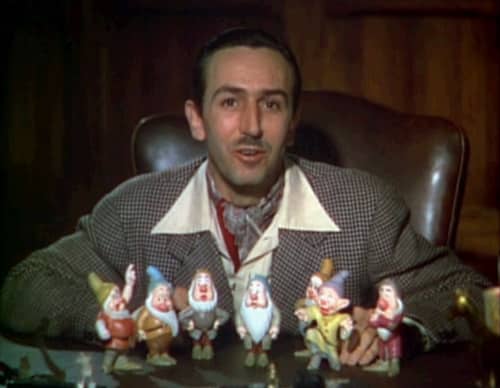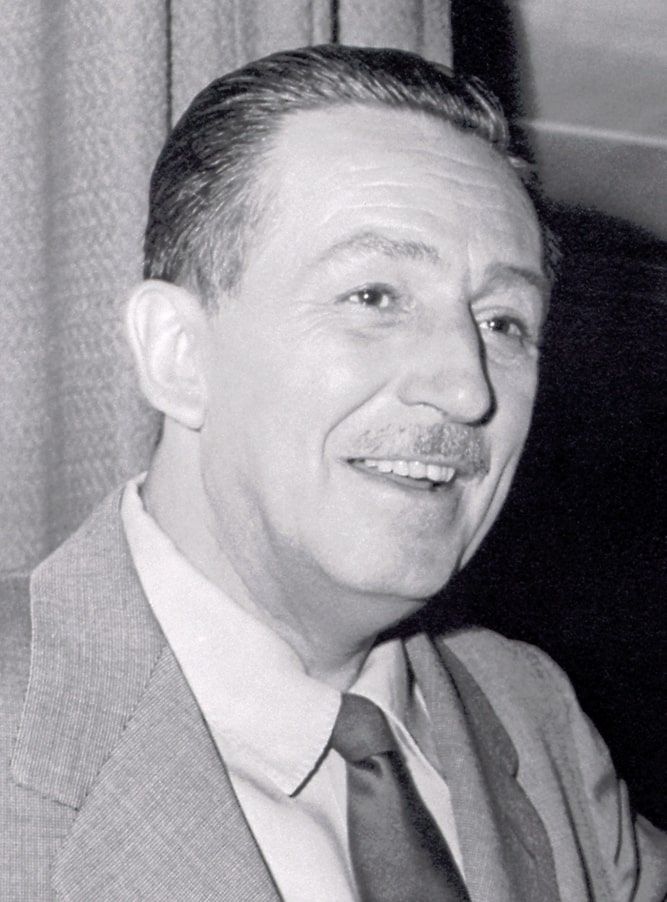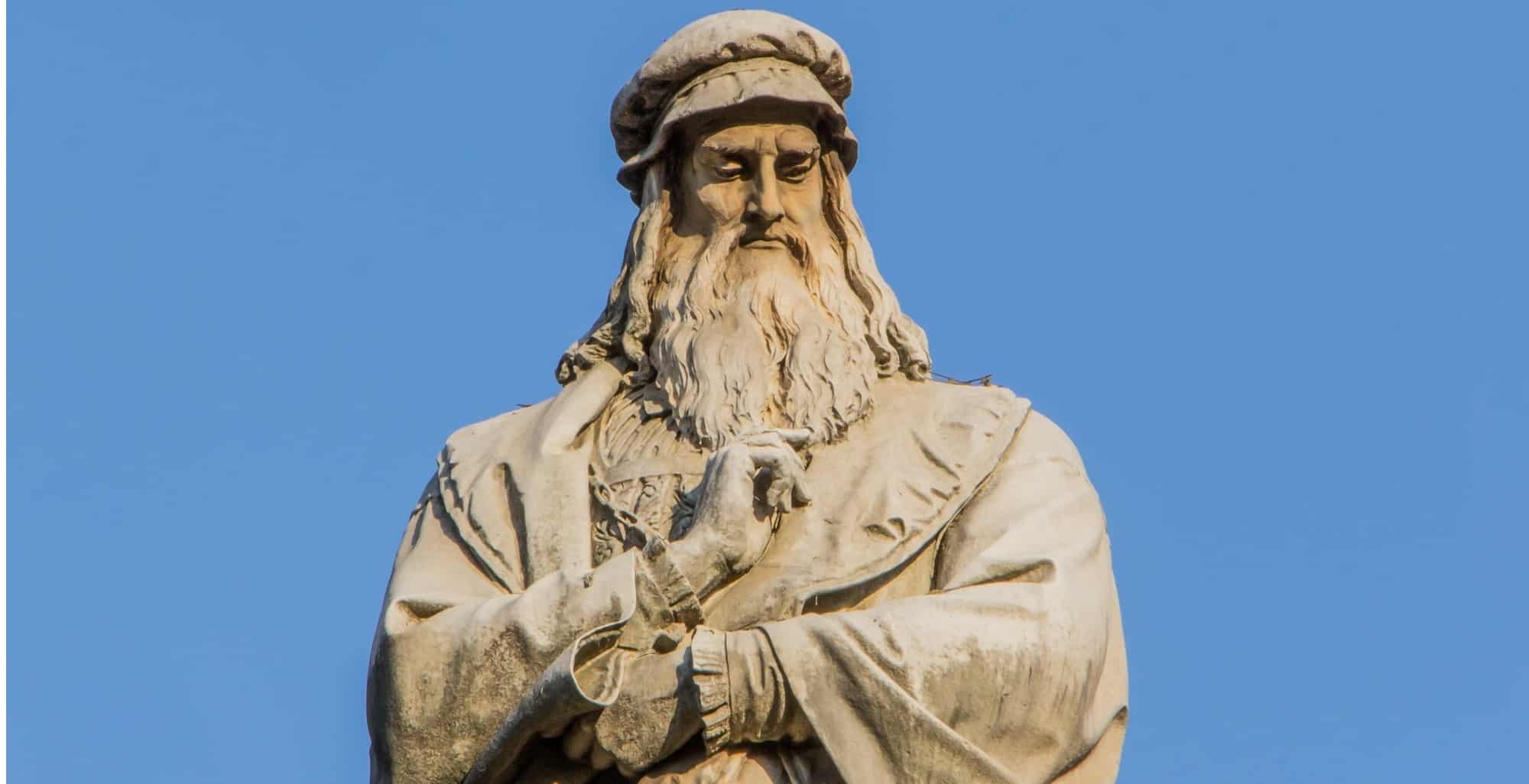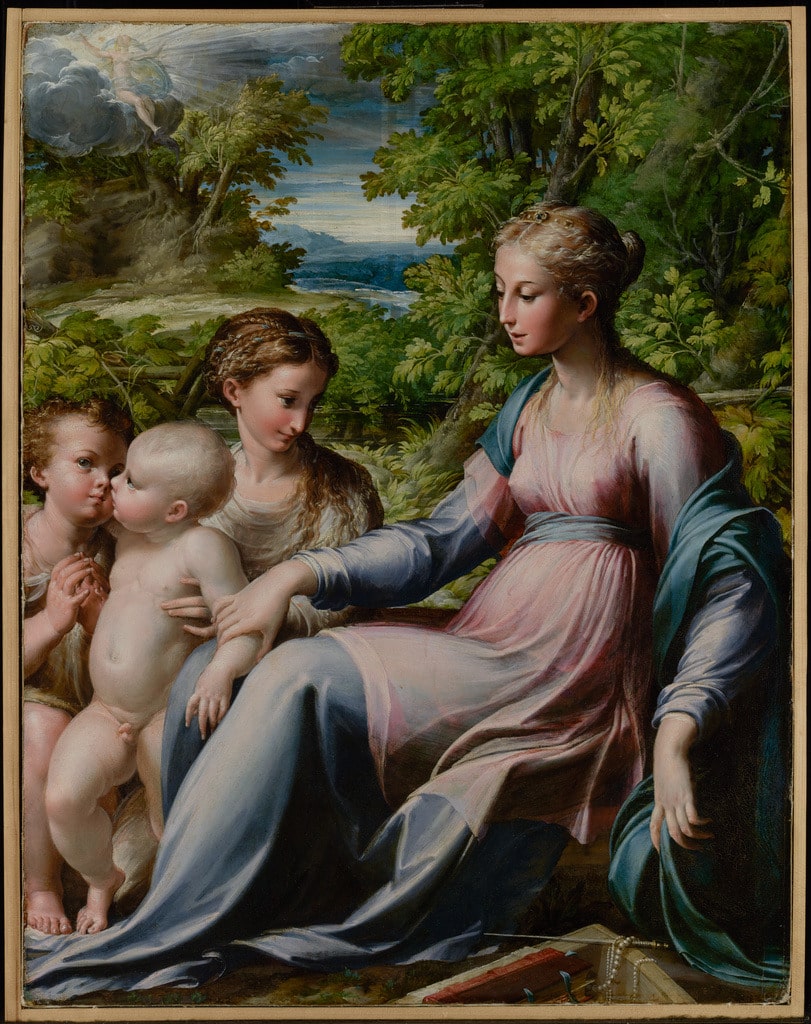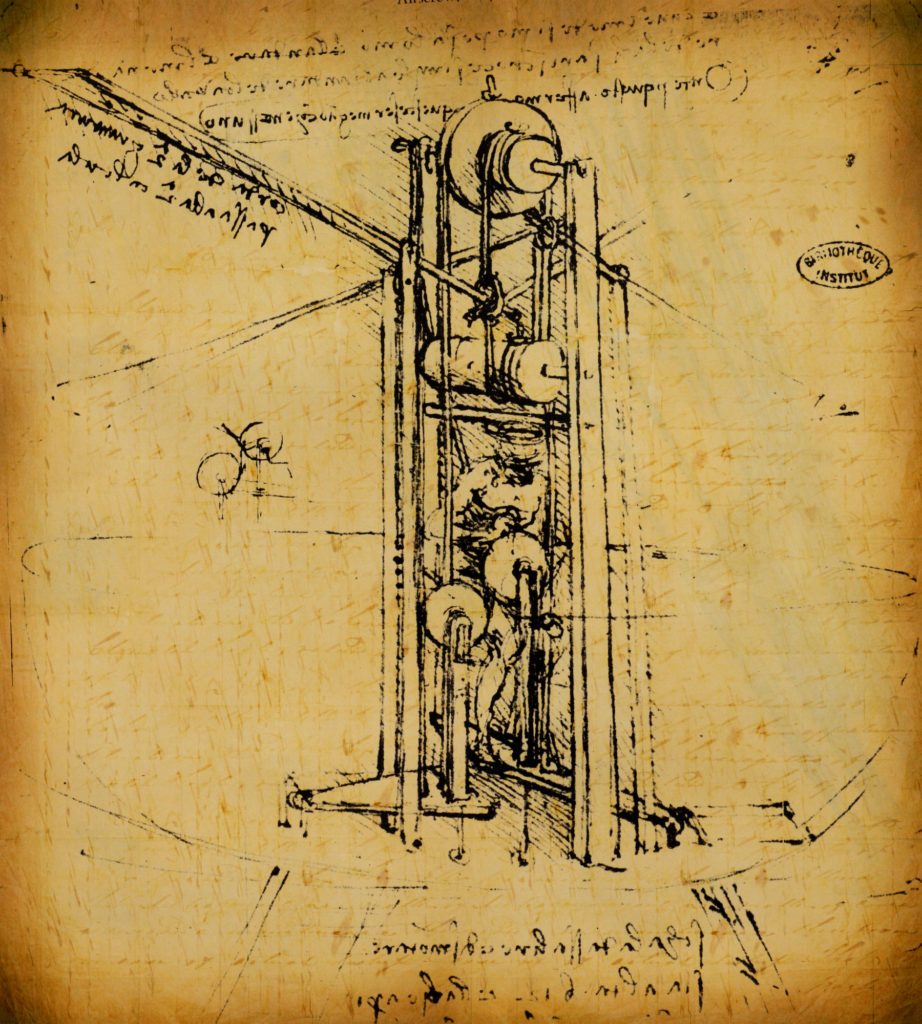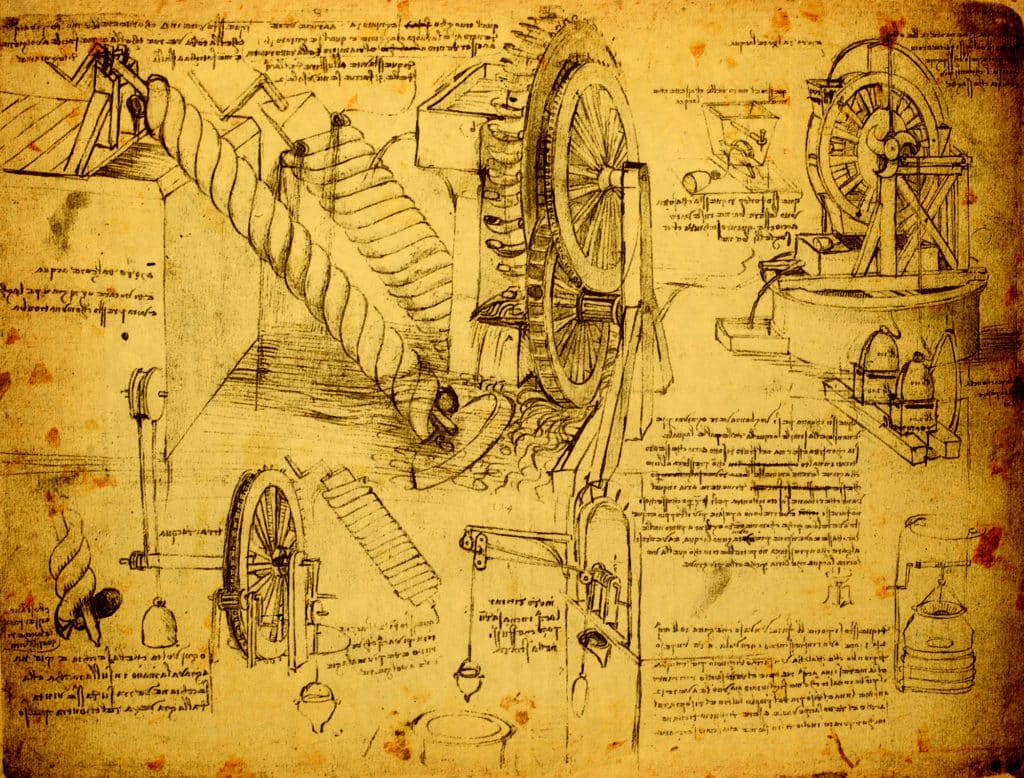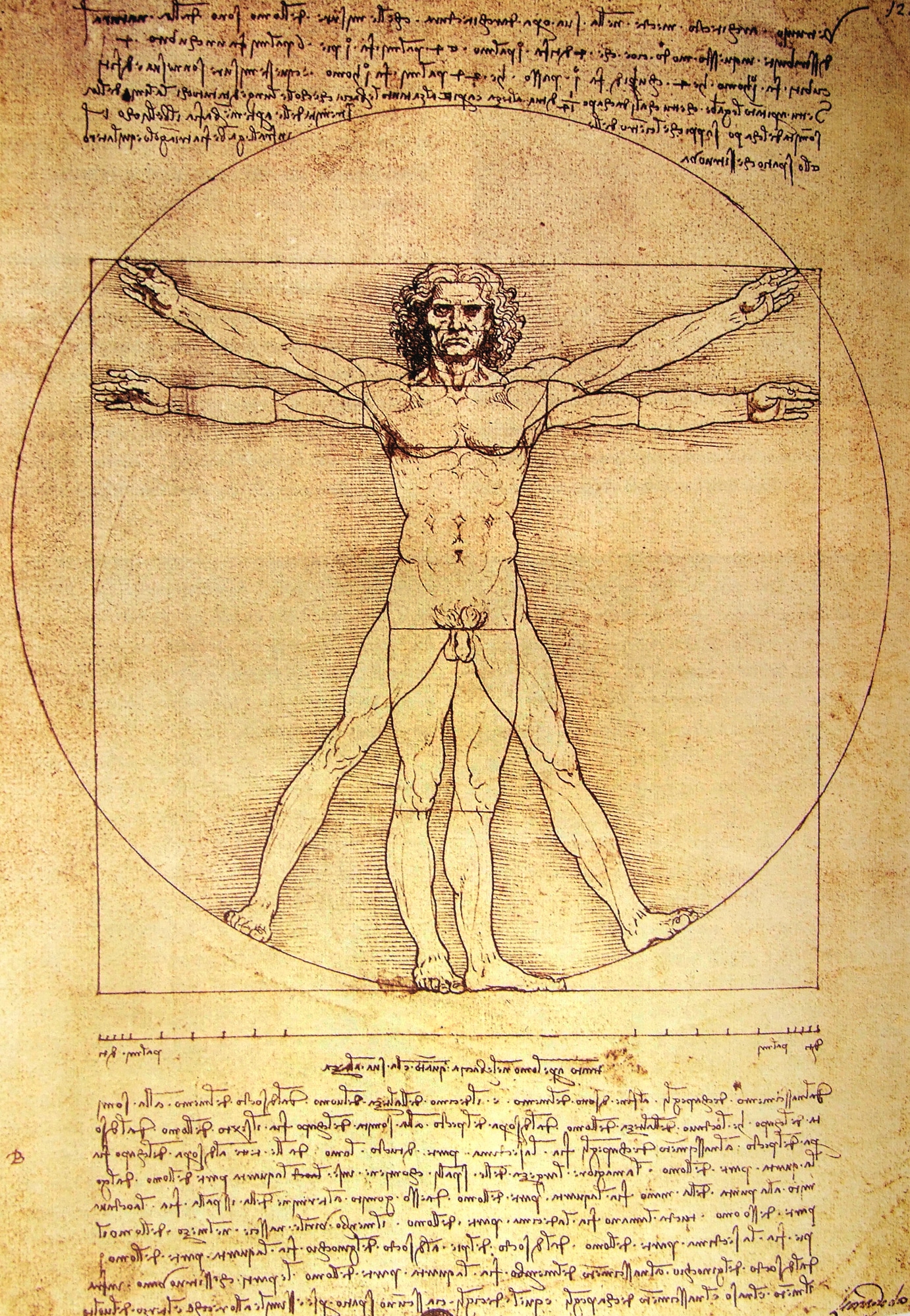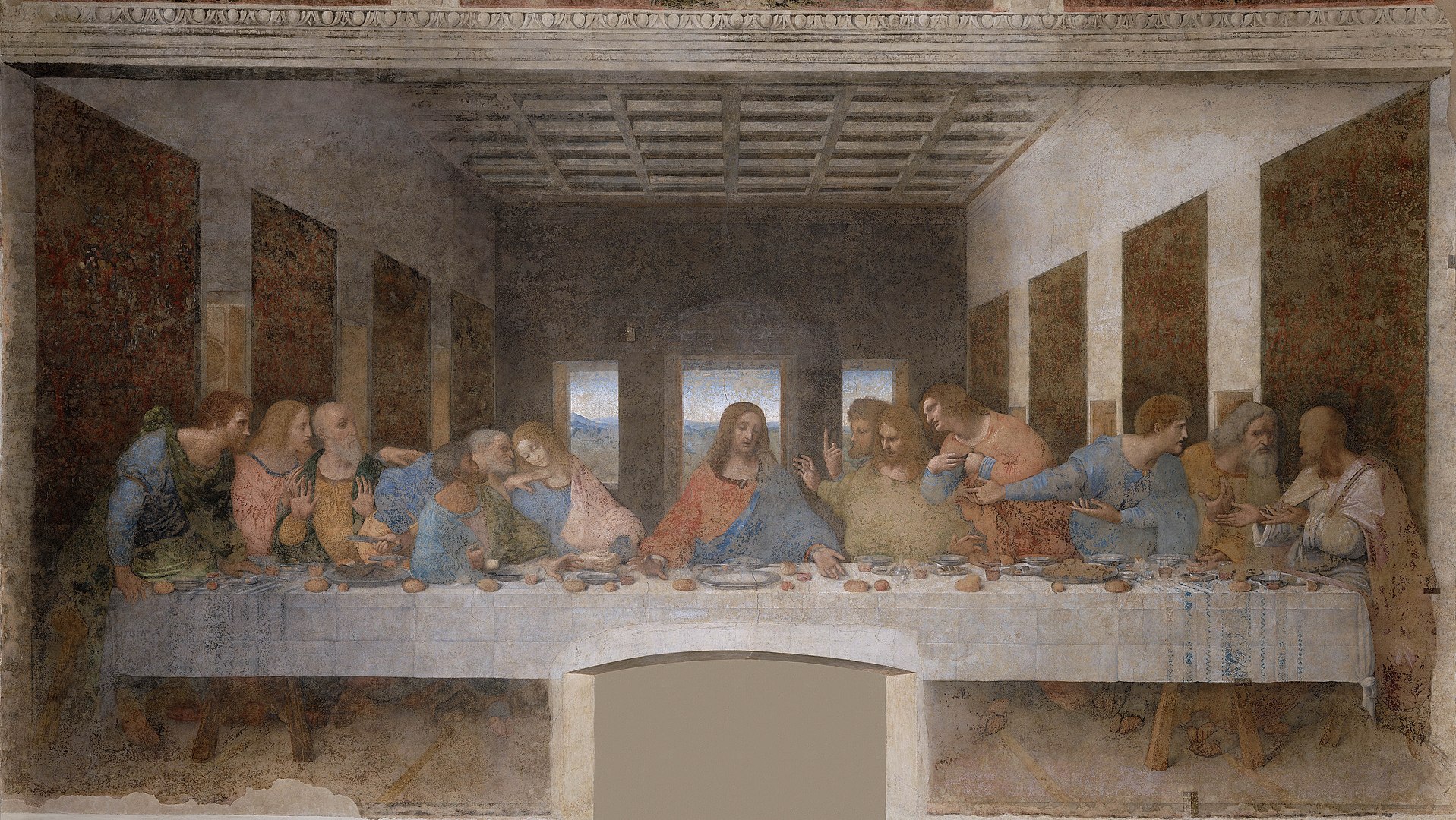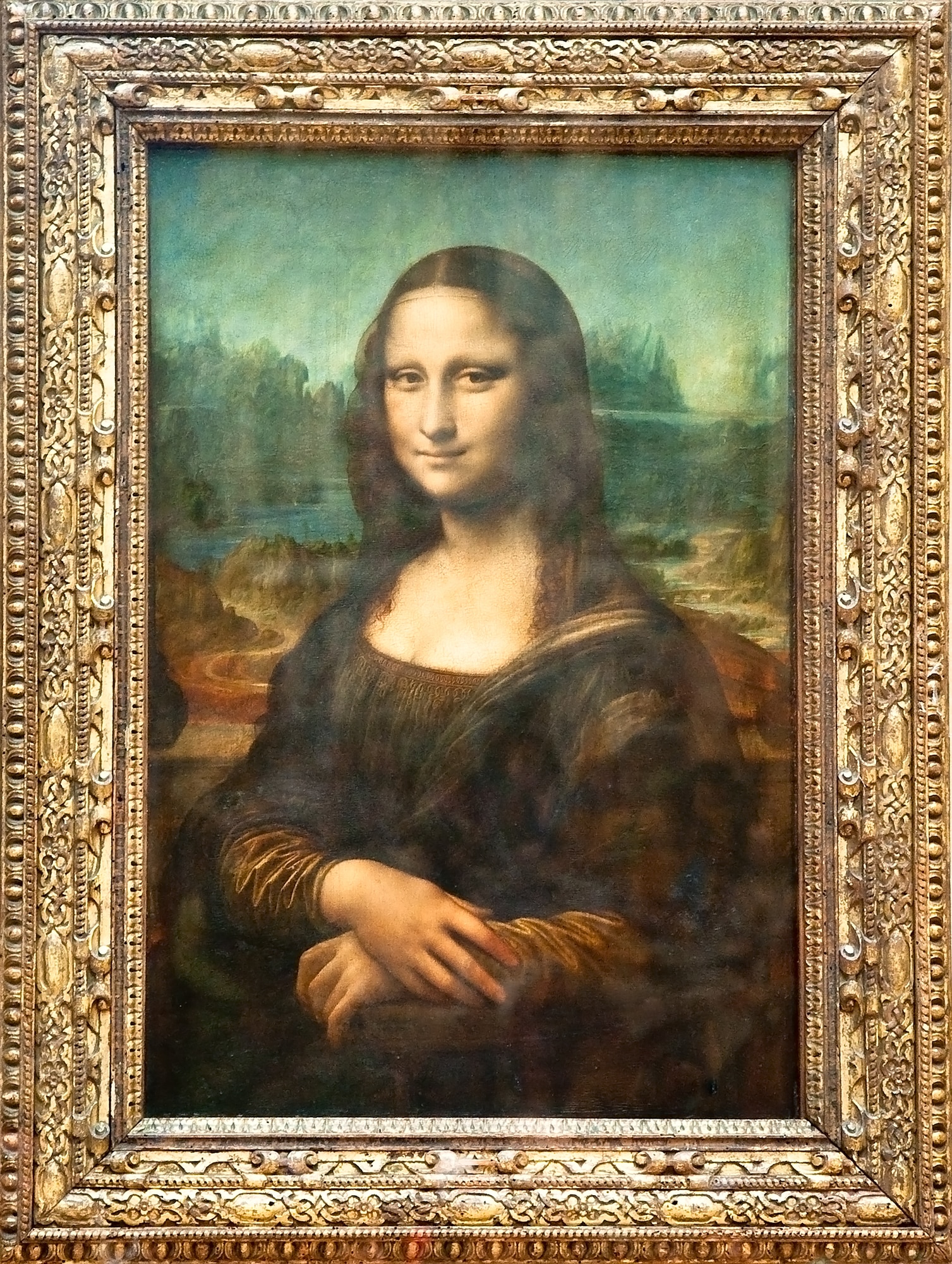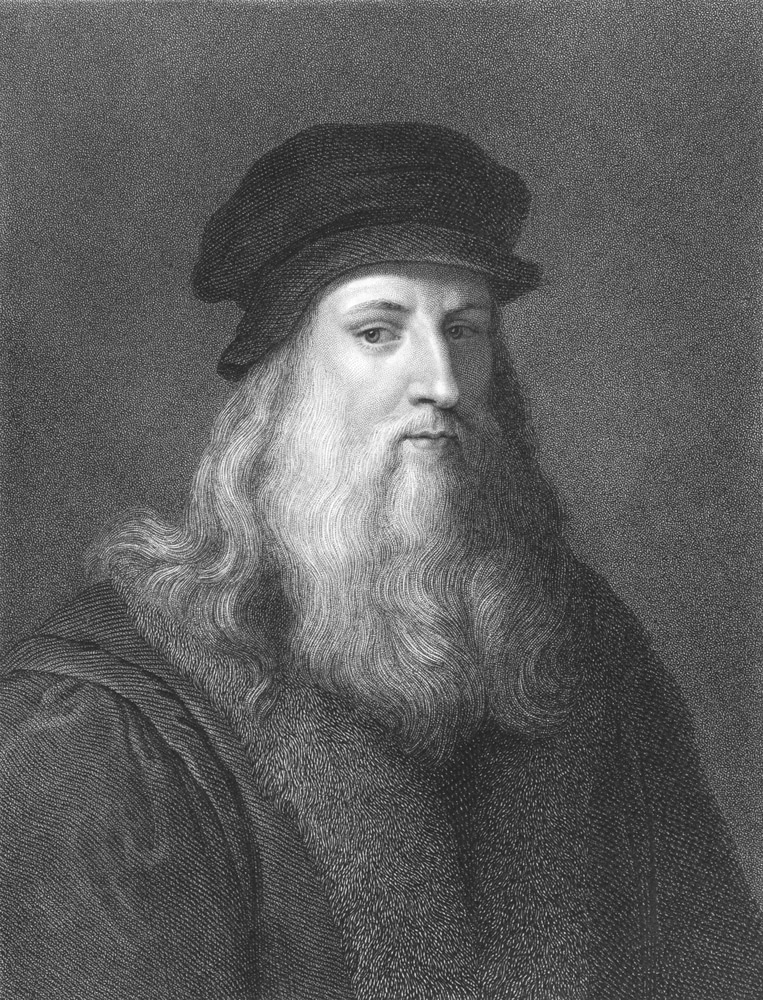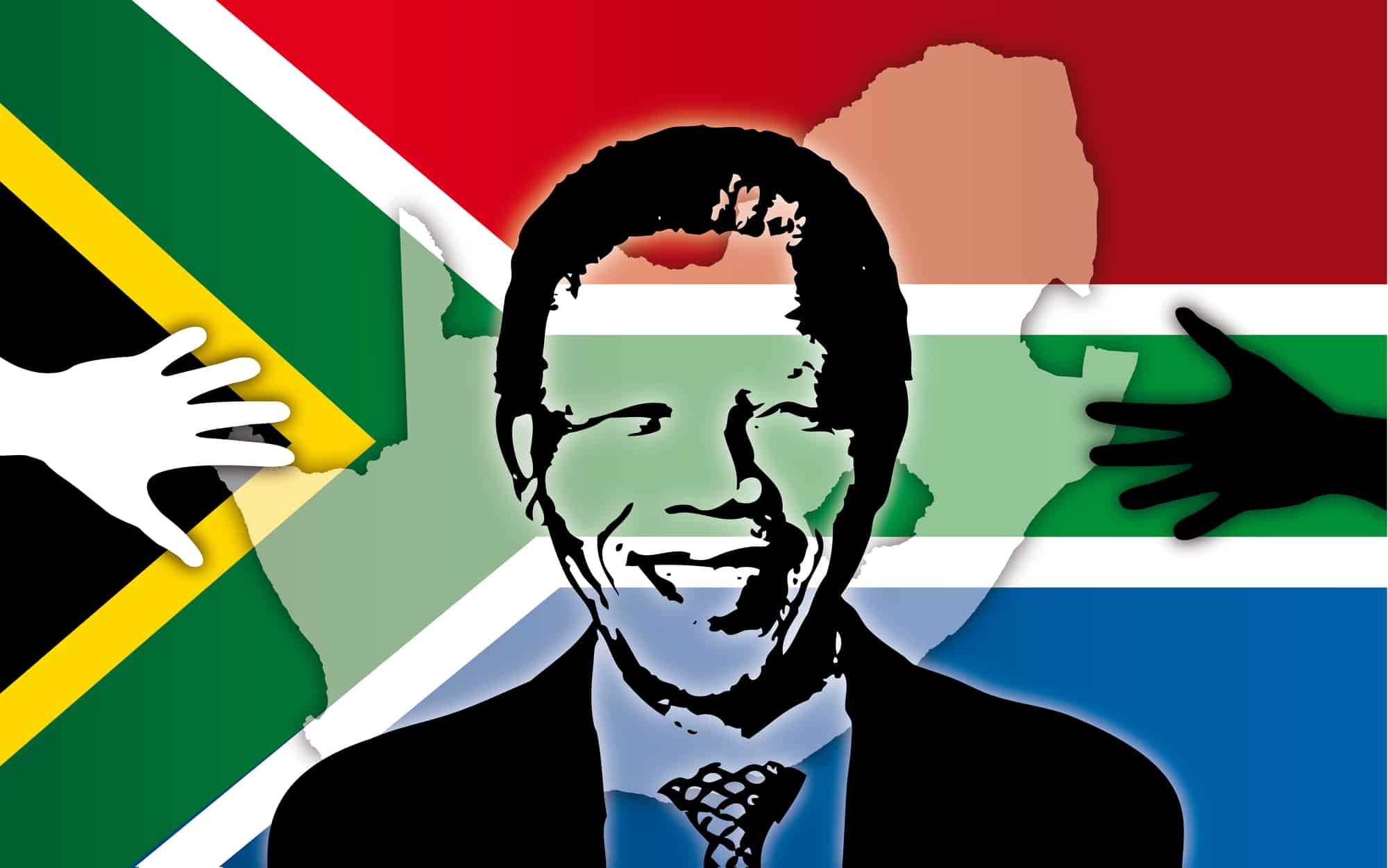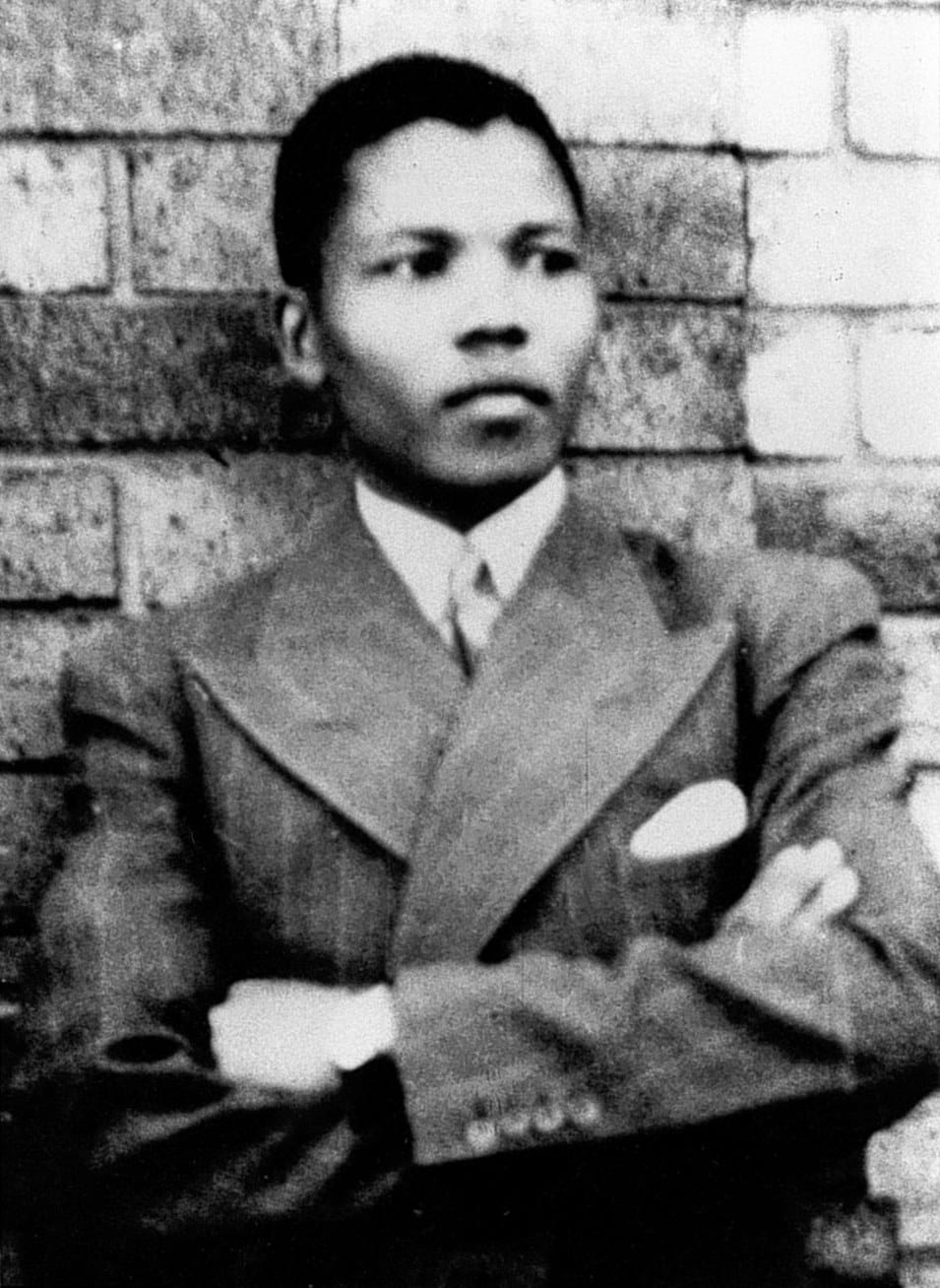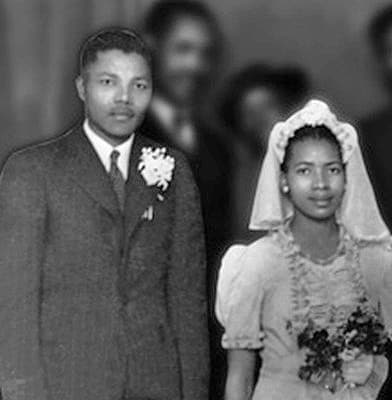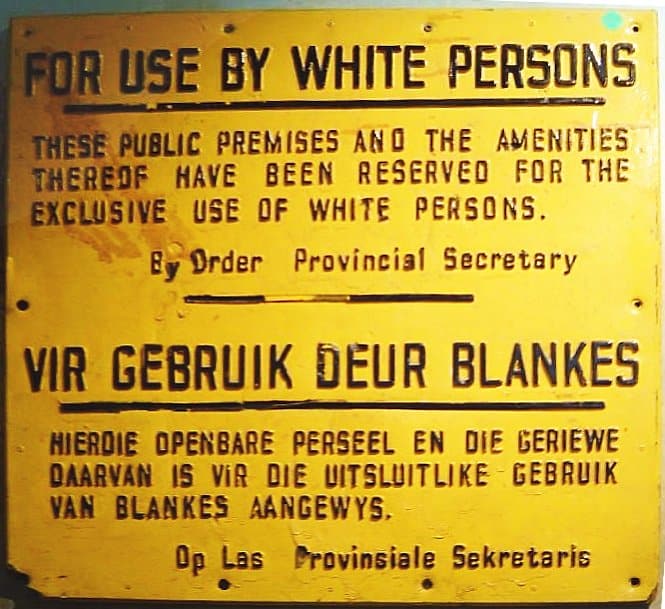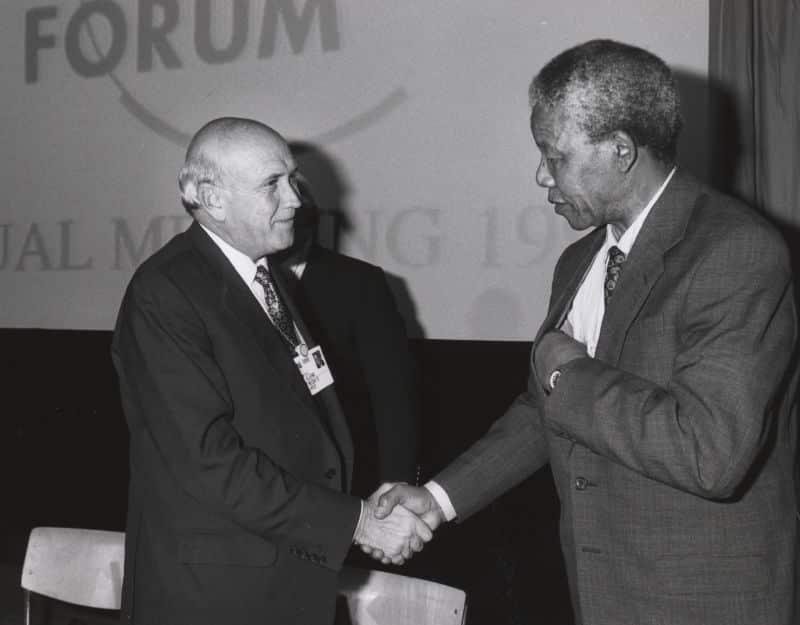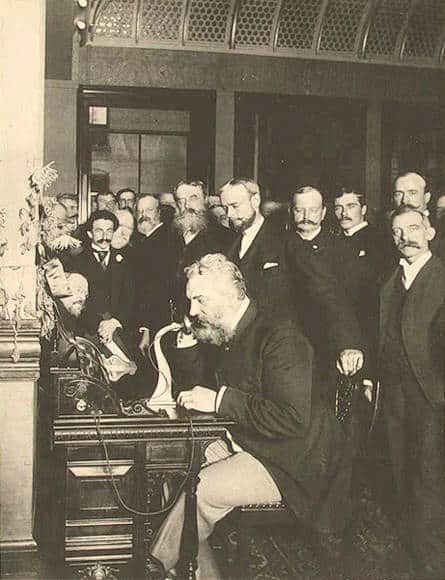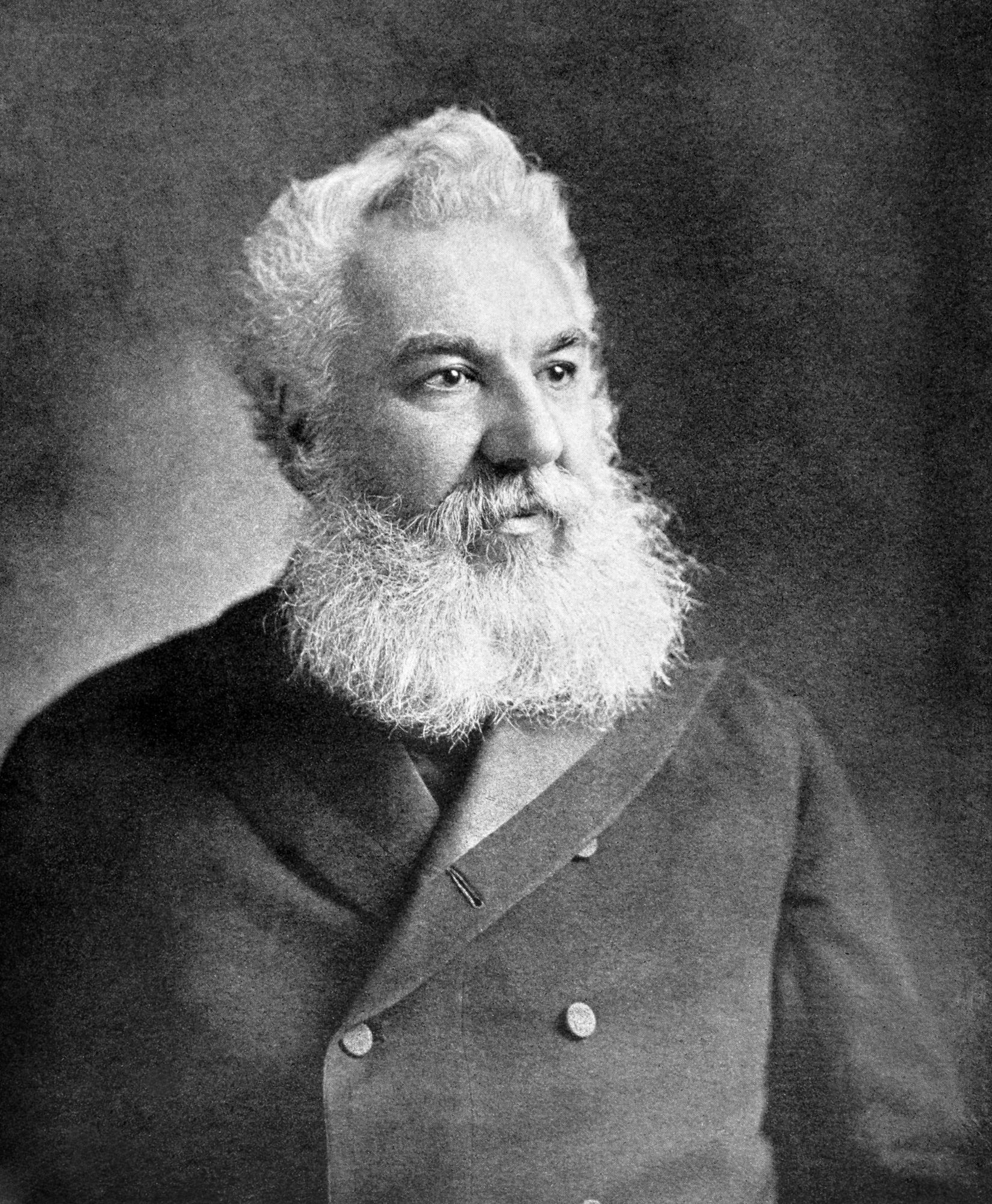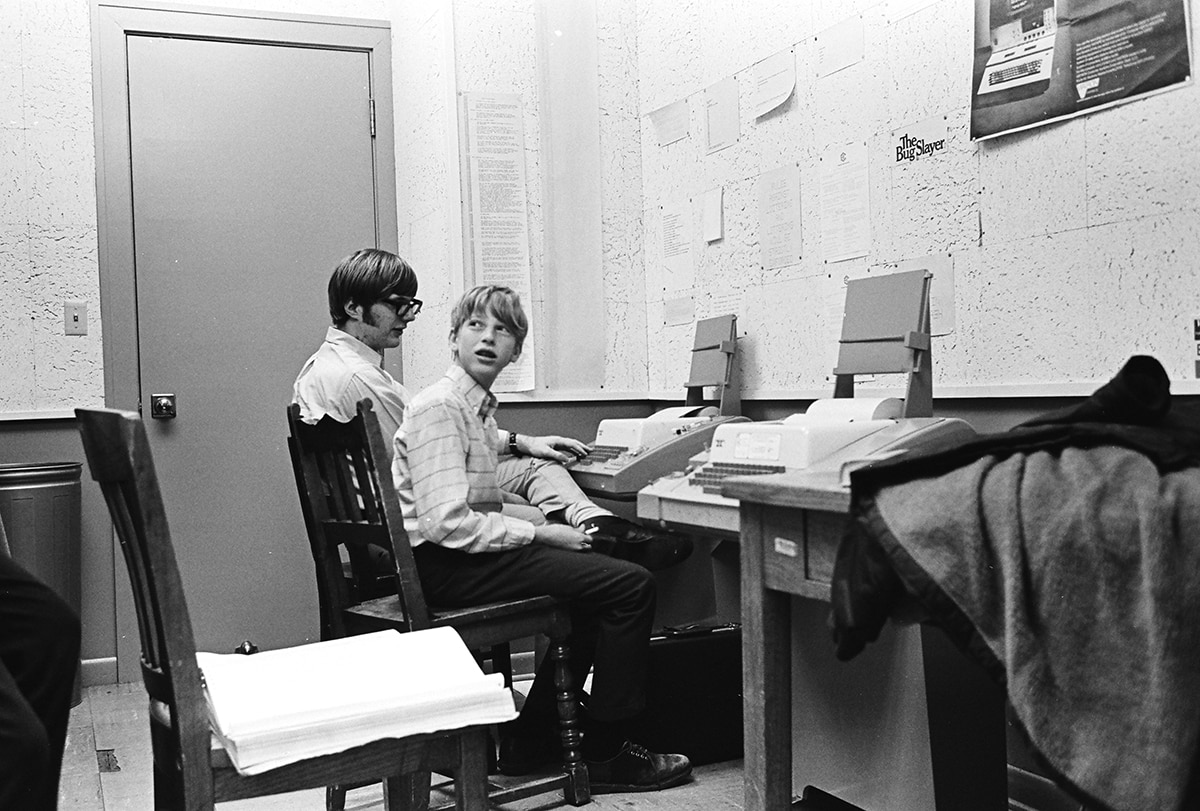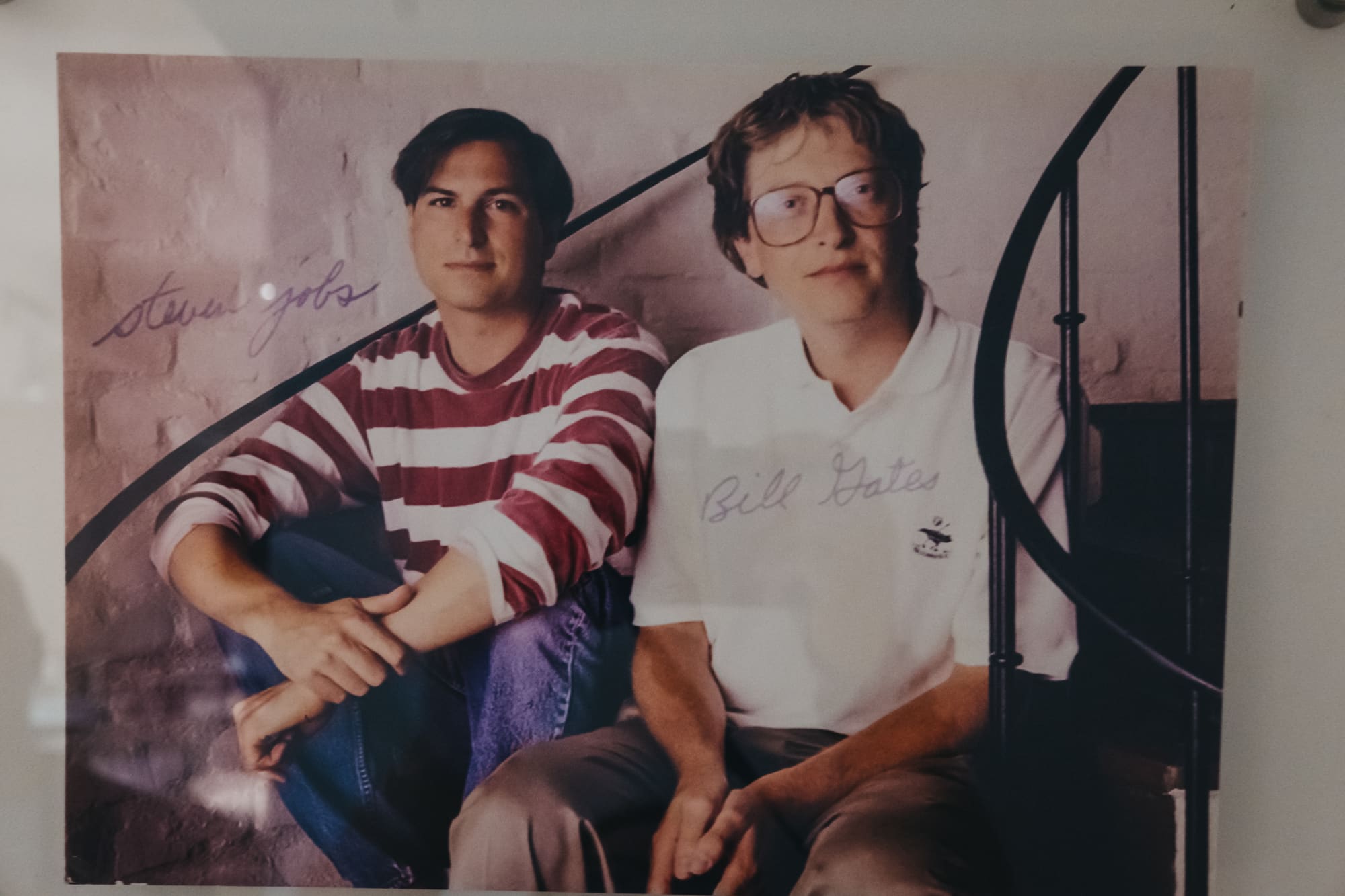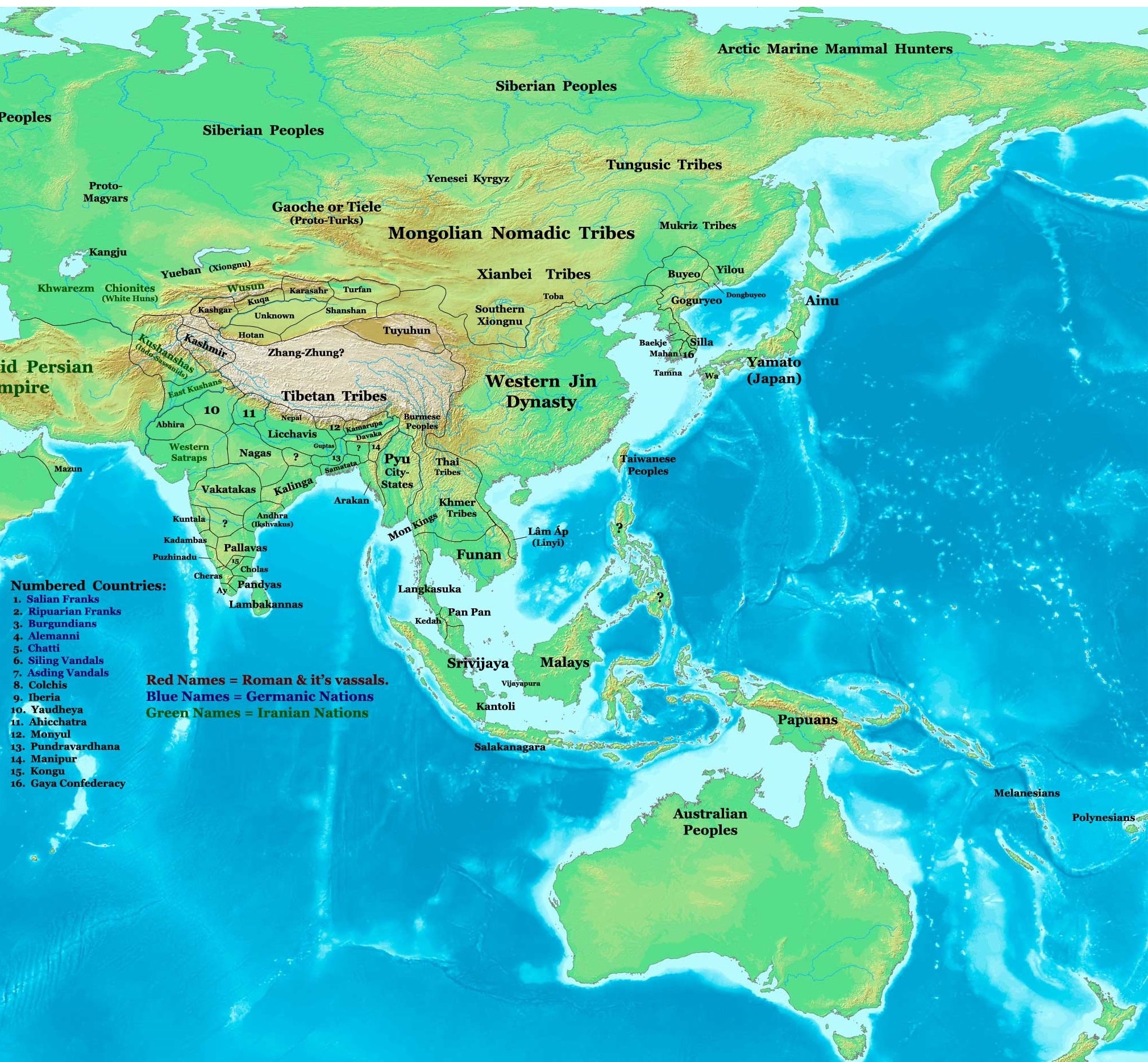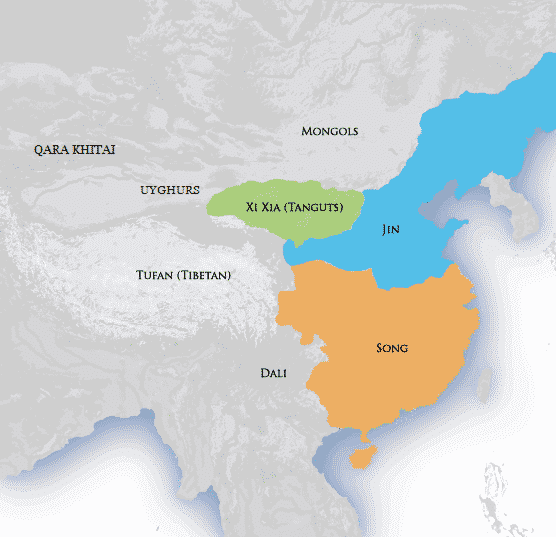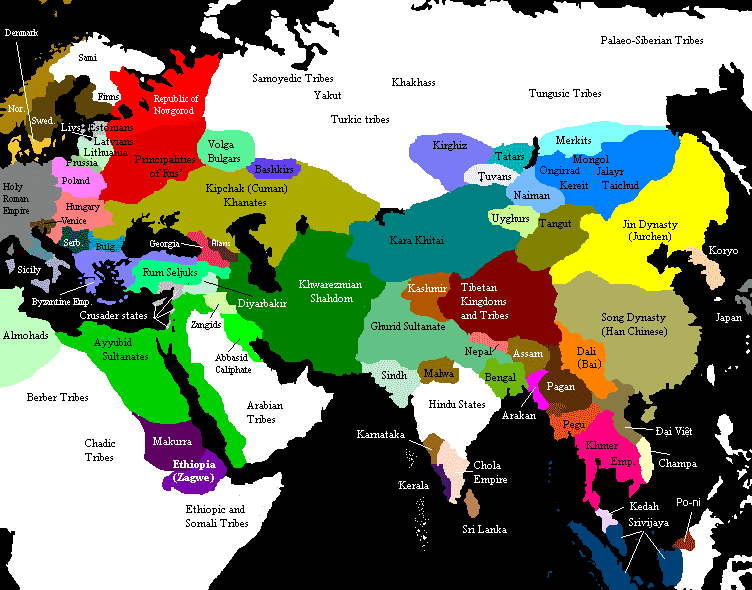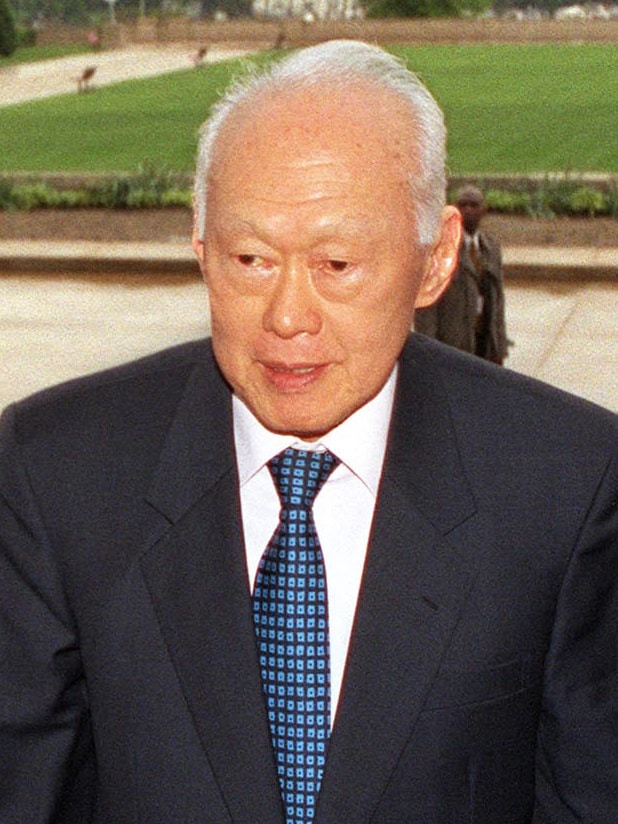We, as humans, have always been fascinated by the skies. For centuries, we have yearned to find out what lies beyond the comforts of our planet.
Yet, only a few people in history have dedicated their entire lives to finding the answers they had been seeking. And only a fraction of those people has made groundbreaking discoveries. And these discoveries have shaped our understanding of the universe today. Stephen Hawking is one of those people.
He dedicated his entire life to finding the truth about the universe. Even when he was diagnosed with a Motor Neuron Disease, he did not give up. He fought against the disease and lived for more than 50 years, even though doctors said he could live only two years.
But as inspiring as his fight against the disease might be, his contribution to science shouldn’t be forgotten.
At a time when the widely accepted consensus was that the Black Holes only expand with time, Stephen Hawking proposed that Black Holes shrink as well. Even though it was a highly controversial theory at that time, today, most people have come to accept it.
Thanks to this theory and his later work, we now have a better understanding of the universe we live in. So, It is no wonder that Stephen Hawking is hailed as one of the most brilliant minds of the twentieth century.
In this biography of Stephen Hawking, we take a look at his parents, his childhood, his struggles against the disease, and his contributions to science.
Parents
Stephen Hawking’s father was Frank Hawking. Frank’s father was a farmer. But even though he was the son of a farmer, he had a yearning for learning. His family recognized his intellectual abilities early. So, they sent him to Ley’s School, Cambridge, one of the prestigious schools in the UK, for education.
After passing out of Ley’s school with flying colors, he obtained his BA degree from Oxford with first-class honors. He then became a medical researcher at the medical institute in Hampstead.
Stephen Hawking’s mother was Isobel Eileen Hawking. She was the daughter of a doctor. At a time when few women could afford higher education, she earned her way into the University of Oxford. There, Isobel studied economics, politics, and philosophy.
When Isobel graduated from Oxford, she became one of the first female students to do so. After finishing her studies, she held various jobs before becoming a secretary at the medical institute in Hampstead. It was there that she met Frank Hawking.
Frank and Isobel got married during the second world war. Their first child was Stephen Hawking.
Frank and Isobel (Picture credits – https://www.vintag.es)
Stephen Hawking’s birth came at a very inconvenient time for the couple. They were financially not strong at that time. Moreover, Britain was fighting the second world war. When Isobel neared the end of her pregnancy, they were living in North London, where Germany frequently dropped bombs.
So, considering the safety of his wife and unborn child, Frank asked Isobel to move to Oxford. After all, Germany had agreed not to bomb Oxford in return for Britain not bombing Heidelburg and Göttingen. Hence, Isobel moved to Oxford and spent the last week of her pregnancy in a hotel.
When she stayed in Oxford, Isobel often went for short strolls. One day, during such a stroll, she entered a bookshop and bought an astronomical atlas. (An astronomical atlas or a star map is a map of the night sky. The map divides the night sky into grids to help identify and locate astronomical bodies like stars, constellations, etc.)
Later in her life, Isobel would regard this act of purchasing the astronomical atlas as a Prophecy, a sign of the great things the unborn child was going to achieve. But if you believe in prophecies, that wasn’t the only prophecy that foretold Hawking would become a great scientist. Coincidentally, he was also born exactly 300 years after the death of Galileo Galilei, the Italian astronomer, physicist, and philosopher.
Childhood
Stephen Hawking was born on January 8th, 1942. Both his parents were highly educated. He had two younger sisters and an adopted younger brother.
Stephen Hawking with his two sisters (Picture credits – https://www.vintag.es)
Stephen Hawking started his schooling at the Byron House School in London. But due to the progressive methods of education practiced by the school, which used hands-on projects to teach students to solve problems, work as a team, and be responsible socially, Hawking did not learn to read properly until he was eight years old.
Then, when he turned eight years old, his family moved to St Albans, a city in England. In St Albans, Hawking started studying at the High School for Girls. At that time, boys who were less than ten years of age could attend the girls’ school. So, since Hawking was just eight years old at that time, he was permitted to attend St Albans’ all-girls school.
After turning ten years old, Hawking started attending the St Albans school, a partially co-educational school.
But even though Hawking would later become an incredible genius, his childhood didn’t show any signs of that. His academic scores were menial, his handwriting was terrible, and he was lazy.
Most subjects were boring for him. So, in his first year at his school, he ranked third from the last in his class.
But Hawking had a curious mind.
The Hawkings were people who were considered eccentric. They drove an old taxi, had bees as pets, and produced fireworks in their greenhouse. During dinnertime, they rarely talked to each other. Instead, each of them read a book intently and ate in complete silence.
The Hawkings lived in a three-story house that needed to be fixed. Even though it never got fixed, it was the place where little Hawking’s interest in science started to develop.
The building had several old radios and clocks. Little Hawking eagerly dismounted these devices. Even though he wasn’t as successful in putting them back together, they served as ample fodder for his curious mind.
While living in that house, Hawking often spent time with his mother, lying in the backyard and gazing at the stars. It was there that his fascination for the stars began. It was probably then that questions about the universe started to pop up in his mind. Later in her life, his mother said,
Stephen always had a strong sense of wonder.
Growing up in an old house that had old devices, Stephen Hawking probably wanted to find out how things worked by himself. So, he didn’t spend much time studying. Instead, he spent time with his friends playing board games, creating model boats and airplanes, and discussing Christianity.
In 1955, a young British-Armenian mathematician called Dikran Tahta came to St Alban’s school to teach. He started teaching mathematics for Hawking’s class.
Even though the other subjects were boring for Hawking, Tahta’s classes were the exact opposite. They were lively, and the students could debate about absolutely anything. So, Hawking was drawn to Tahta’s classes.
Slowly, Hawking started to show interest in mathematics and science. In 1958, with the help of Tahta, Hawking and his friends even built a computer using recycled components. So, Hawking came to be called ‘Einstein‘ by his friends at school.
Inspired by his mathematics professor, Hawking decided to pursue a career in mathematics. But his father was afraid that mathematics didn’t have any job prospects. So, he asked Hawking to study medicine and follow in his footsteps. He also wanted Hawking to attend the University of Oxford, where he himself had studied.
University of Oxford
Stephen Hawking decided to join the University of Oxford and study mathematics. However, Oxford did not offer mathematics as a field of study back then. So, he opted for Physics and Chemistry instead.
Even though Hawking’s parents wanted him to study at Oxford, they did not have enough money to fund his education. So, the only way for Hawking to get into Oxford was by securing a scholarship. But Oxford’s scholarship exam was very tough. Hence, his headmaster advised him to take a year to prepare for the exam. But Hawking took the exam the same year, passed it, and got into Oxford.
In 1959, when he was 17 years old, Stephen Hawking began his undergraduate degree at University College, Oxford.
During his first year at the university, Hawking found the academic work in his course to be too easy. As one of his physics professors put it,
It was only necessary for him to know that something could be done, and he could do it without looking to see how other people did it.
So, obviously, he didn’t need the help of his professors or other students to finish his college work. And he finished them too quickly as well, while his classmates spent several long hours figuring them out. So, in his first year at the university, he felt mostly bored and lonely.
Stephen Hawking at Oxford, 1963 (Picture credits – https://www.vintag.es)
In his second year at the university, Hawking decided to be like other boys by becoming more social. So, he joined the university’s rowing club. But he wasn’t very fit. So, he was assigned the job of steering the boat instead of rowing. He soon became the daredevil of the team, rowing the boat into dangerous routes and damaging the boats.
But rowing wasn’t Hawking’s only hobby. In his second year, he also became interested in classical music, cosmology, and science fiction. So, he spent a lot of time pursuing these new hobbies. But due to the pursuit of these new hobbies, he was left with hardly any time to study.
Hawking wanted to do his post-graduate degree in Cosmology at Cambridge University. But to do so, he needed to pass his undergraduate degree with first-class honors. However, due to the pursuit of varied hobbies, Hawking had only an hour a day on average to focus on his studies. So, when the exam neared, he started spending sleepless nights studying rigorously. As a result, in 1962, he passed his Bachelor’s degree with first-class honors.
The motor neuron disease
At that time, there was a heated debate going on between two opposing cosmological theories, which tried to explain how the universe originated – the Big Bang theory and the Steady State theory.
Even though the steady-state theory was disproved eventually, by the time Stephen Hawking finished his Bachelor’s degree, the steady-state theory had many supporters. One of the men who proposed it and developed it further, Fred Hoyle, was also famous and was working as a professor in Cambridge.
So, Stephen Hawking wanted to do his doctoral thesis under the supervision of Fred Hoyle. Therefore, in 1963, Stephen Hawking started his doctoral degree at Cambridge University. But when he joined the university, Fred Hoyle already had enough students with him. So, Hawking was disappointed when the university assigned Dennis William Sciama as his supervisor.
Thus, the year 1963 became a year of ups and downs in the life of Stephen Hawking. To make matters worse, there were more downs than ups.
On the one hand, he achieved his dream of doing his doctoral degree at Cambridge University. But he was not assigned the supervisor he wished for. Moreover, it was in the same year that he was diagnosed with Amyotrophic Lateral Sclerosis (ALS).
The disease
The first symptoms of this motor neuron disease started showing in Stephen Hawking during his last year at Oxford. Occasionally, he started to have difficulties in rowing. At times, he tripped for no reason, and his speech slurred unexpectedly.
One day, when he was walking down the stairs, he lost his balance, fell down, and hit his head. But even though he was obviously shaken up by this incident, Hawking attributed it to a momentary distraction. Thereafter, he didn’t think much of it. He even kept these symptoms to himself.
But his symptoms soon started to worsen. His slurred speech became obvious to other people around him. Moreover, he started to look clumsy to other people since he tripped more often.
When he went home to meet his family for Christmas that year, they immediately noticed his symptoms. Alarmed, they sent him to a doctor, where Hawking was thoroughly examined for two weeks.
The diagnosis
The heartbreaking news came just after he turned 21. Stephen Hawking was diagnosed with a neurogenerative disease called Amyotrophic Lateral Sclerosis (ALS). The disease slowly destroys the nerves that control the voluntary muscles. So, Hawking would lose control of his hands, legs, and other body parts like jaws. Losing control of his jaw muscles would mean that his speech would become slurred as well. Eventually, even involuntary movements like breathing would stop working. Therefore, the doctor who diagnosed Hawking told him that he had only two years to live.
So, Stephen Hawking was admitted to a hospital. Hawking, who started spending his days on a hospital bed, became terribly depressed. He thought about the things he wanted to learn, the hobbies he wanted to pursue, and the amazing girl he met at a party whom he wanted to date. But now, lying on his hospital bed and waiting at death’s door, everything seemed pointless. Why pursue any of them if he would be gone in just two years anyway?
Finding hope
It is at that time, with all hope lost and wanting to distract himself, did Hawking look at the patient in the neighboring bed. It was a young boy who was suffering from Leukemia, a type of blood cancer. Looking at the young boy’s heartbreaking state made Hawking look at his own disease from a different perspective.
Maybe, doing all the things he wanted to do wouldn’t be so pointless after all. If he wanted to get a Ph.D., pursue his hobbies, and marry the girl he met, he should do them. If not, he might end up regretting his decision later.
But despite his newfound hope, Stephen Hawking’s condition worsened slowly, and surviving independently became difficult. He needed support while walking, and his speech became almost intelligible. But on the bright side, the disease progressed slower than the doctors had initially predicted. It looked like he would have more time to live.
So, Stephen Hawking returned to work. Dennis William Sciama, his supervisor at Cambridge and a founder of modern cosmology, played a big part in convincing him to do so. But he wasn’t the only reason behind Hawking’s newfound hope to live. The other reason was Jane Wilde.
Stephen Hawking met Jane Wilde in 1962 at a party through their mutual friends and soon started dating her. In 1963, after Hawking was diagnosed with motor neuron disease, Jane became aware of his reduced life expectancy of just two years. Yet, despite that, she got engaged to him in 1964 and married him in 1965.
Hawking’s first marriage (Picture credits – www.nzherald.co.nz)
Jane Wilde played a big role in helping Stephen Hawking get out of his depression and focus on his doctoral degree.
Work
Hawking and Hoyle
After Stephen Hawking started doing his doctoral degree at Cambridge, he soon became famous. The fame came not because of his disability but because of an incident.
At that time, Fred Hoyle was famous because of his steady-state theory. One of the students working under him was Jayant Narlikar. And one of Narlikar’s tasks was to do the mathematical calculations for Hoyle’s theory.
It so happened that the person who occupied the office next to Narlikar was Hawking. And when Hawking, who was also interested in Hoyle’s theory, asked Narlikar for his research material, not wary of his true intentions, Narlikar gave them to him. And thus, Hawking started working on Hoyle’s theories. It’s not as if Hawking held a grudge against Hoyle for not accepting him as his student and wanted to humiliate him publicly. He was just interested in Hoyle’s theories and wanted to improve them further. So, he started working on Hoyle’s theories independently.
Humiliating Hoyle publicly
In June 1964, Fred Hoyle decided to make his findings publicly known. So he presented his results to an audience of almost a hundred people at the Royal Society of London. And as is customary, after finishing his talk, Hoyle asked the audience if there were any questions. Hawking, as one would expect, did attend that meeting. And when Hoyle asked if there were any questions, Hawking stood up, clutching his stick, which he used for support.
Hawking said, “The quantity you’re talking about diverges.” The room suddenly fell silent. And when Hoyle asked how he could be sure about that, Hawking said, “Because I worked it out.”
Hoyle felt embarrassed and told that Hawking’s action was unethical. In response, Hawking and others told Hoyle that announcing unverified results was unethical as well. As one could imagine, this incident brought public shame to Hoyle while making Hawking famous. After all, he had challenged one of the most famous physicists of that time.
But contrary to one’s expectations, this incident did not lead to a long-term enmity between the two men. The only person who bore the full brunt of Hawking’s actions was the innocent middleman Narlikar.
Work on singularities
The 1950s and 1960s were times when the concept of black holes was gaining momentum. It was when many physicists started researching about these astronomical bodies. One of those people was Roger Penrose.
What is a singularity?
Mathematically speaking, a singularity or a singular point is a point at which an object starts behaving in an undefined, unusual, or chaotic way, because the variables that make up the mathematical expression become infinity.
Roger Penrose’s theorem
After researching about black holes, Penrose theorized that at the center of black holes, a spacetime singularity occurs in Einstein’s theory of general relativity. Einstein’s theory of relativity says that every object warps or bends or curves the spacetime around it. This bending action is directly proportional to the mass of the object. So, a singularity in Einstein’s theory of relativity could mean one of the two things:
1. Space-like singularity – All the matter in the object/body is compressed to a single point. Hence, the object has infinite density.
2. Time-like singularity – The object/body curves the space around it so much that the curvature becomes infinite. Hence, the curvature becomes a straight line.
Penrose theorized that a singularity occurs in a black hole. When a massive star dies, it collapses under its own gravity. It pulls all the matter inward towards itself up until the remnants of the star are compressed to a single point. This is called a black hole. Since all the matter in a black hole is compressed to a single point, its volume is zero, and hence, its density becomes infinity. And since it has extreme gravity, it curves spacetime so much that the curvature becomes infinity. So, a spacetime singularity occurs in a black hole.
Hawking’s takes an interest in Penrose’s theorem
When Penrose published his theorem, Hawking was a research student. Two years had passed since he was diagnosed with motor neuron disease. Two years back, if someone had told him that he would make it past the two-year deadline, he might not have believed them. But now, things were actually not as bad as he had imagined back then. The disease was progressing slower than the doctors had predicted.
Moreover, he was now engaged with Jane, the girl he loved so much, and wanted to marry her. And to marry her, he needed a job, and to get a job, he needed a Ph.D. degree. So, according to Stephen Hawking’s own accounts in his book ‘A Brief History of Time,’ he was trying desperately to find a topic for his Ph.D. thesis. Therefore, after reading Penrose’s theory, Stephen Hawking was inspired to apply the same concept to the Big bang. He also wrote his Ph.D. thesis on the topic.
In 1966, Stephen Hawking got his doctorate degree, specializing in general relativity and cosmology. Thereafter, he was awarded a fellowship at Gonville and Caius College, Cambridge. So, he remained at Cambridge and started working with Penrose to develop their theories further.
Hawking’s develops upon Penrose’s theorem
In 1968, Stephen Hawking theorized that the universe might have started out as a singularity too. To arrive at this conclusion, Hawking reversed the direction of time in Penrose’s theorem. Hawking argued that, if according to Penrose’s theorem, an enormous amount of matter (from a dead star) could be compressed into an infinitely dense single point, if one were to reverse the direction of time, then it would be possible, for an enormous amount of matter to be formed from an infinitely dense single point.
Thus, Stephen Hawking’s collaborative work with Roger Penrose helped jump-start his scientific career.
Deteriorating health
But while Stephen Hawking’s scientific career was taking off, his health deteriorated terribly. He couldn’t walk without using crutches anymore. Moreover, he lost his ability to write as well. But Hawking did not give up. Instead, like Mozart, who could compose symphonies in his head, Hawking started using visual methods, like seeing equations as geometrical bodies, to do calculations.
Despite his disabilities, Hawking tried to do his daily activities independently. He disliked it when anyone offered to help him due to his disability. After all, in his mind, firstly he was a scientist, secondly a writer, and finally a normal person. And that’s how he wanted others to see him as well.
This ability to see himself as a scientist rather than a disabled person gave Hawking the ability to delve deeper into the abyss of cosmology and come up with groundbreaking theories. But not all of these theories could not be considered factually correct. Some of these theories were wrong. So, Hawking himself later disproved these theories. One such incident happened in the early 1970s.
In 1970, Stephen Hawking postulated that the event horizon of a black hole can never get smaller. The event horizon is the boundary of the black hole, beyond which nothing can escape the black hole. Not even light can escape from the black hole once it enters the event horizon. Once an object enters the event horizon, it cannot be observed from the outside.
Hawking’s radiation
In 1973, Hawking started studying Quantum theory, which deals with the motion and interaction of subatomic particles. This led him to conclude that what he had postulated in 1970 (The event horizon of a black hole can never get smaller, i.e., black holes don’t emit particles) was actually wrong. He found out through a thought experiment that black holes do leak radiation, which we call today Hawking’s radiation. Since they emit radiation and particles, black holes aren’t actually completely black. Moreover, by leaking radiation, black holes gradually exhaust their energy, get smaller, and eventually disappear.
A few weeks after he published his theory, Stephen Hawking was awarded the Fellowship of the Royal Society, a prestigious award the Royal Society gives to people who have made a substantial contribution to the improvement of natural knowledge. At that time, Hawking was one of the youngest scientists to win that award.
But despite Hawking winning the award, his theory was heavily scrutinized by the scientific community initially. It was only at the end of the decade, after further research was made on the subject, did many scientists come to accept it as a significant discovery in theoretical physics.
As interest in black holes grew among the general public in the late 1970s, physicists like Stephen Hawking were interviewed by mass media. As a result, Stephen Hawking became famous. But it made some of his colleagues and counterparts angry because they thought that Stephen Hawking was using his disability to become famous.
In 1977, Hawking was appointed the professor of gravitational physics at Cambridge. Two years later, he was appointed the Lucasian Professor of Mathematics at Cambridge, a post once held by Isaac Newton and Charles Babbage. He held the post for the next 30 years. During this time, he received international recognition for his work and won several awards.
Hawking’s most famous book – A Brief History of Time
In 1982, Hawking decided to publish his second book. His first book was very technical. So, he wanted this book to be a financial success since he needed money for household expenses as well as to fund his children’s education. So, he sought out a mass-market publisher called Bantam Books instead of an academic publisher.
Stephen Hawking created the first draft of his book by 1984. But since it was meant for the general public, Stephen Hawking had to edit it several times because Bantam Books claimed that his initial draft was too technical for the general public.
Finally, after four more years of hard work, Hawking published the book ‘A Brief History of Time’ in 1988.
A Brief History of Time (Picture credits – www.hawking.org.uk)
The book was a huge hit. It was eventually translated into 40 languages and sold more than nine million copies. Moreover, it remained in the London Sunday Times bestseller list for a record 237 weeks.
Hawking becomes a celebrity
Thus, as one could imagine, this book alone removed Stephen Hawking’s financial woes. Since then, Hawking had written many other books, which were big hits as well. But with financial success came celebrity status. For any normal human being, celebrity status might have been a boon, but for Stephen Hawking, it was not the case.
Perils of the celebrity status
Due to Hawking’s disability, his wife Jane had to take care of him most of the time. In addition to that, she had to take care of their children and do daily household chores as well. While this gave Hawking a lot of time to focus on theoretical physics, it tired Jane tremendously. So, in 1974, Hawking requested Bernard Carr, one of his students, to stay with them and take care of him. Since then, many other students have stayed with Hawking and taken care of him. This turned out to be a good idea since it gave Jane enough time to build her career.
Stephen Hawking, Jane and their first two children (Picture credits – www.irishtimes.com)
But in the late 1970s, Stephen Hawking’s condition deteriorated even more. So, he couldn’t use his crutches anymore and had to resort to using a wheelchair. By that time, his speech had also become so slurred that only his family members and close friends could understand what he was saying. So, if he had to communicate with someone else, people from his close circle had to translate what he was saying.
As if that wasn’t bad enough, in 1985, Hawking contracted Pneumonia. Pneumonia worsened Hawking’s condition, which was already pretty bad, so much that he couldn’t even breathe anymore. His doctors thought that Stephen Hawking was going to die. So, they thought it would be better if they turned off his life support. If they had done that, Stephen Hawking would have died within a few days. But his wife Jane was not willing to give up. So, his doctors tried to save him by making an incision in his windpipe to help him breathe. This surgery worked and saved Hawking’s life. But it did completely end Hawking’s ability to speak. Even the little speech he had left was now lost.
So, Hawking started using a device to help him communicate with others. This device had a library of almost 3,000 words, and Hawking could just click on the screen to choose the words he wanted to speak. The words he chose were then synthesized into speech. With the help of this device, Hawking could communicate with a speed of up to 15 words/minute.
After the surgery, Hawking needed care round the clock. Hence, stay-at-home nurses, working three shifts a day, started taking care of him.
So, becoming a celebrity was not easy for Stephen Hawking or the people around him. Becoming a celebrity or traveling around the world (to promote his book, for instance) meant that all his support staff had to travel with him. Moreover, if he contracted any diseases during a journey, it could quickly become life-threatening. After all, he had contracted Pneumonia in 1985 during his visit to CERN in Switzerland.
Hawking divorces Jane and marries Elaine
But his constantly worsening health condition did not stop Hawking from doing what he loved – giving lectures, working on his theories, and traveling to other countries when his work demanded. But since he focused on all these things, he ultimately had less time for his family. Sometimes, he would lose himself in thought for several hours on end, leaving his wife and three children worried. Then, suddenly, he would wake up and claim that he had solved the equation. One can imagine how depressing it would have been for his wife, who had spent all those years caring for him. Moreover, the constant presence of nurses and assistants by his side also worsened his relationship with his wife.
In the 1980s, Jane developed romantic feelings for another man. But she decided not to pursue her romantic feelings so as to stay with Hawking and look after him. Even though Hawking was initially okay with it, as time progressed, he started feeling that his wife had stopped loving him.
Moreover, he started liking one of his nurses. So, in 1990, he left Jane. In 1995, after they got divorced, he married Elaine Mason, the nurse he liked, despite his family members and friends being concerned about Hawking due to Elaine’s strong personality and protective nature.
Second marriage – (Picture credits – www.nzherald.co.nz)
An abusive marriage
After their marriage, Hawking’s family members felt more and more excluded from his life. And just like they feared, this marriage turned out to be a disaster.
In the eleven years that the marriage lasted, Elaine was often accused of abusing Hawking both physically and emotionally. Hawking even came to a hospital once covered in cuts and bruises. And when the doctors asked him how he got the injuries, he didn’t have an answer.
In 2003, Hawking’s daughter, Lucy Hawking, got a call from one of Hawking’s caregivers informing her about a severe sunburn. So, despite her father telling her earlier not to interfere in his marriage, she called the police.
So, a formal investigation was launched against Elaine.
She was accused of slamming Hawking’s wrist on his wheelchair and fracturing it, humiliating him by denying access to his urine bottle so that he would wet himself, damaging his cheek with a razor, letting him submerge under water while giving him a bath as a result of which water entered his throat where he had an operation decades earlier, abandoning him in the garden on the hottest day of the year for such a long time that he got heatstroke and suffered from severe sunburn.
Several of Hawking’s nurses also came forward accusing Elaine of bullying. Hawking’s children had also witnessed Elaine’s verbally abusive nature.
Yet, despite all these accusations coming from so many people, Hawking himself denied being abused by Elaine and asked to be left alone.
But why did he do that?
Many people believe that his pride might have come in the way of the truth. After all, Hawking was one of the most famous scientists in the world. Yet, he needed help even to perform his daily bodily functions. It was a sad fact that would have been difficult for him to accept. So, coming out and telling that he had been abused by his wife would have been a final blow to his dignity.
In 2004, the police finally closed the case, unable to find enough evidence to convict Elaine. Two years later, Hawking and Elaine divorced silently. After that, he got closer with Jane, their children, and their grandchildren.
Other interests
But the changes in Stephen Hawking’s personal life did not affect his professional life. He continued his work on black holes and published many more books. The book he had earlier published, ‘The Brief History of Time,’ was made into a film by Steven Spielberg in 1992. However, it was not widely released.
Stephen Hawking has also appeared in several popular TV shows. The Big bang theory, The Simpsons, Star Trek, and Futurama are some of the famous TV shows he has starred in.
Stephen Hawking with the actors of Big Bang theory – (Picture credits – bbci.co.uk)
He has also lent his voice to Ad commercials for companies like BT, Intel, etc. In 2016, after appearing in an ad for Jaguar, he posted on Facebook,
You all know me as Professor Stephen Hawking, the physicist wrestling with the great concepts of time and space. But there is another side to me that you may not know: Stephen Hawking, the actor.
But besides his disability, his scientific brilliance, and his interest in acting, Stephen Hawking was also famous for one more thing – his habit of making wagers. Throughout his life, he made several wagers with other scientific minds over pressing scientific questions.
In 2007, he even flew in a zero-gravity aircraft and experienced brief stints of weightlessness.
Hawking during a Zero Gravity flight (Picture credits – NASA)
Disease worsens
While Stephen Hawking’s life was, without doubt, an interesting one, his disability worsened steadily. By 2005, it had worsened to the point where he couldn’t use his hands anymore. So, controlling his wheelchair was out of the question. Moreover, communicating by selecting words using his hands became impossible as well. So, his then-graduate assistant created a device called the cheek switch. It was attached to his glasses. Through an infrared beam, it could detect whenever Hawking tensed his cheek muscle.
Hawking’s communication device also got an upgrade. In the new version, there was a software program called EZ keys. In this new software, a cursor moved across the screen automatically through the letters of the English alphabet. Hawking had to move his cheek muscle to stop the cursor over the letter he wanted. Then, the software would bring up a list of suggestions for words starting with the letter Hawking selected. After that, Hawking would select the word he wanted by moving through that list. He had to repeat this process for every word he wanted to add to a sentence.
But as one could imagine, it was an extremely tedious and time-consuming process. It was made even more difficult by Hawking’s need for perfection. Hawking did not want to select just any words and finish the sentence. He wanted to select the perfect words to get the right message across. So, he could only communicate one or two words per minute. Therefore, in 2011, he asked Intel’s co-founder Gordon Moore for help.
Attempts at making Hawking’s life easier
So, Moore arranged a team of experts to meet Hawking. The team arrived at Hawking’s office and introduced themselves. But Hawking did not respond. So, one of them, Horst Haussecker, started explaining to Hawking why they were there. But 20 minutes into his speech, Hawking suddenly started speaking.
Pete Denman, another member of that team and a person who uses a wheelchair like Hawking, later recalled that incident. He said that Stephen Hawking
“welcomed us and expressed how happy he was that we were there. Unbeknownst to us, he had been typing all that time. It took him 20 minutes to write a salutation of about 30 words. It stopped us all in our tracks. It was poignant. “
So, the researchers tried various methods to make Hawking’s life easier. From devices that read his facial expressions to those that detected his eye movements to those that recognized his brain patterns, they tried everything. However, all those attempts failed. They couldn’t use Hawking’s eye movements to help him choose the words because his eyelids were constantly drooping. They couldn’t use the brain signals from Hawking because the signals from his brain were too weak compared to a normal person.
Finally, by the end of 2013, Intel came up with a working version that used an adaptive word predictor. Many of Stephen Hawking’s documents were incorporated into the system, which improved its predictive ability. In this system, once Hawking selected a character, the software predicted the word he wanted. Selecting that word would predict the next word in the sentence. For example, if Hawking chose the letter’ T,’ the software would predict ‘The.’ If Hawking selected ‘The,’ the software would predict ‘Black,’ and if he selected ‘Black,’ it would predict ‘Hole.’ This system finally made Hawking’s life a bit easier.
Since 2009, Hawking was not able to control his wheelchair anymore. So, the researchers also tried to modify it to suit his condition. They tried to create a joystick to steer the wheelchair. Hawking could control the joystick using his chin. But it did not work because engaging and disengaging the joystick was difficult since Hawking couldn’t use his neck muscles.
Death
As years passed, Hawking’s condition got worse. During his last years, he was often hospitalized, requiring the use of a ventilator because he couldn’t breathe properly anymore. On March 14th, 2018, he died peacefully at his home in Cambridge, aged 76, after having contributed so much to science and the human race.
Stephen Hawking’s popular books
- The Large Scale Structure of Space-Time (1973)
- A Brief History of Time (1988)
- Black Holes and Baby Universes (1993)
- The Universe in a Nutshell (2001)
- On the Shoulders of Giants (2002)
- A Briefer History of Time (2005)
- God Created the Integers (2005)
- George’s Secret Key to the universe and its sequels (2007 – 2016)
- The Grand Design (2010)
- My Brief History (2013)
Interesting facts about Stephen Hawking
- Hawking has always been portrayed as a brilliant scientist who overcame his disability and made remarkable achievements. But sadly, there was another side to him as well. In the book ‘Hawking: the Selling of a Scientific Celebrity,’ Charles Seife reveals that side of Hawking. In 1999, Hawking tried to have Andrew Farley, a Ph.D. student, kicked off from Cambridge just because his research jeopardized Hawking’s belief of information being destroyed in black holes (the belief which Hawking himself changed later on in his life). But the university paid no heed to Hawking. So, Farley was eventually able to complete his Ph.D. But his confidence took a severe hit. Imagine admiring one of the most famous scientists in the world since childhood, and then, when you meet him, you end up getting bullied by him. It would devastate anyone. After this incident, Hawking also ended his long friendship with Farley’s Ph.D. supervisor, Hawking’s graduate student, several years earlier.
- After Hawking was diagnosed with Amyotrophic Lateral Sclerosis, doctors told Hawking that he had only 2 years left on earth. Yet, defying everyone’s expectations, he lived for 55 more years. And by doing so, he became a symbol of hope and motivation for people with disabilities.
- Hawking believed that technology was imperative for mankind’s survival. Yet, he could not bring himself to trust in Artificial Intelligence. In 2014, during the launch of the Centre for the Future of Intelligence at Cambridge University, he said, “Alongside the benefits, AI will also bring dangers, like powerful autonomous weapons, or new ways for the few to oppress the many.”
- Hawking was a great fan of space exploration. He firmly believed that humans have to move to planets other than earth. During a conference in Norway in 2017, he said, “We are running out of space, and the only places to go to are other worlds. It is time to explore other solar systems. Spreading out may be the only thing that saves us from ourselves. I am convinced that humans need to leave earth.”
- Even though his discovery of Hawking’s radiation was a remarkable achievement, it could not be observed due to its extremely low energy. So, Stephen Hawking never got a Nobel prize. But he won various other medals throughout his life. One of these is the USA Presidential medal of freedom, which Barack Obama awarded him in 2009.
- Hawking had an IQ of 160.
